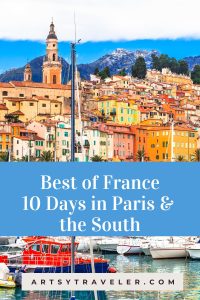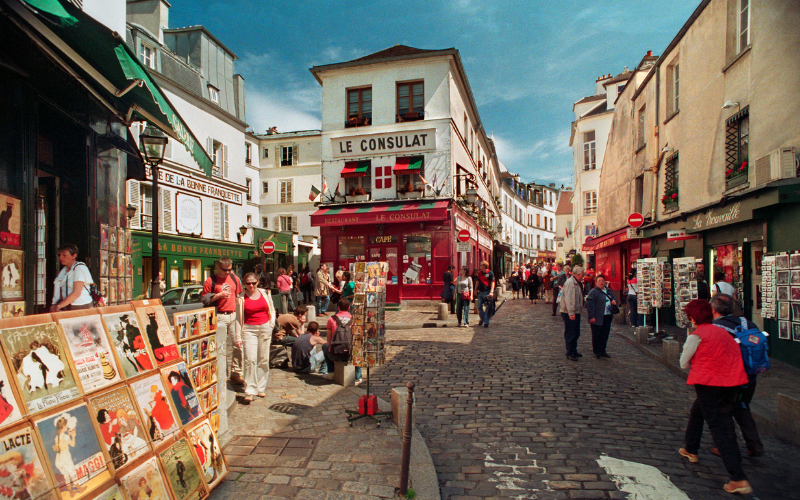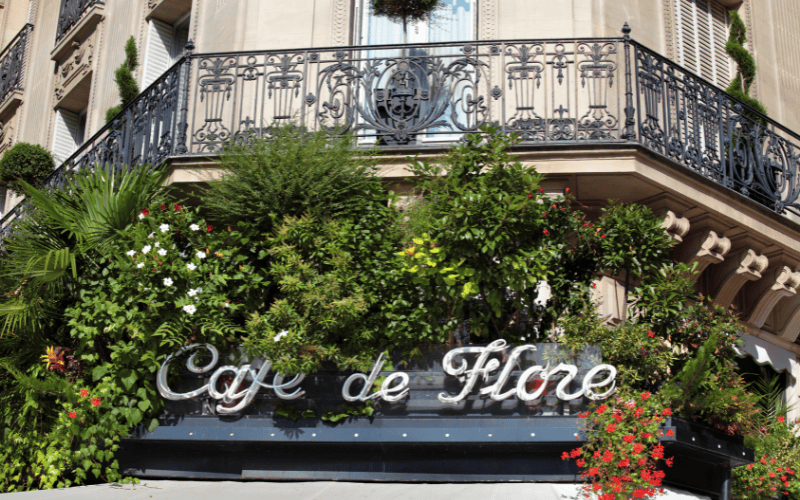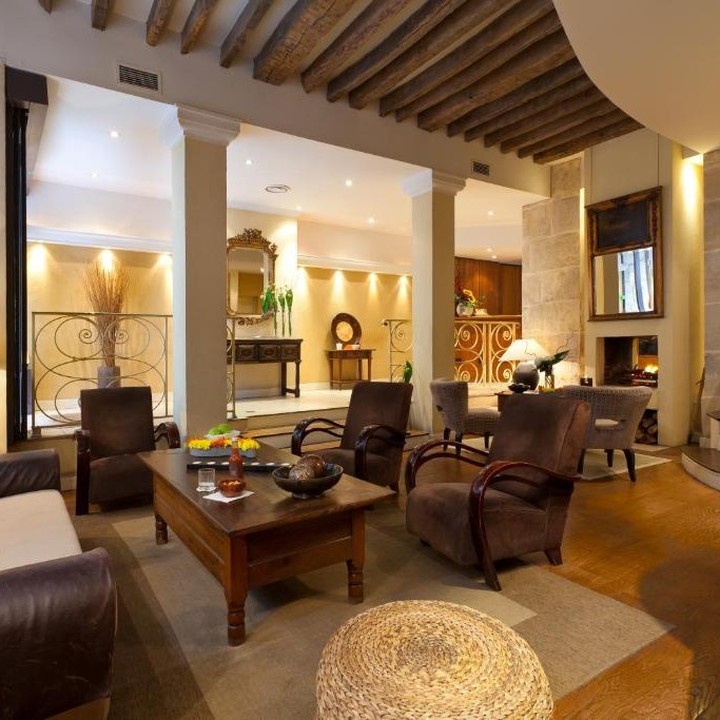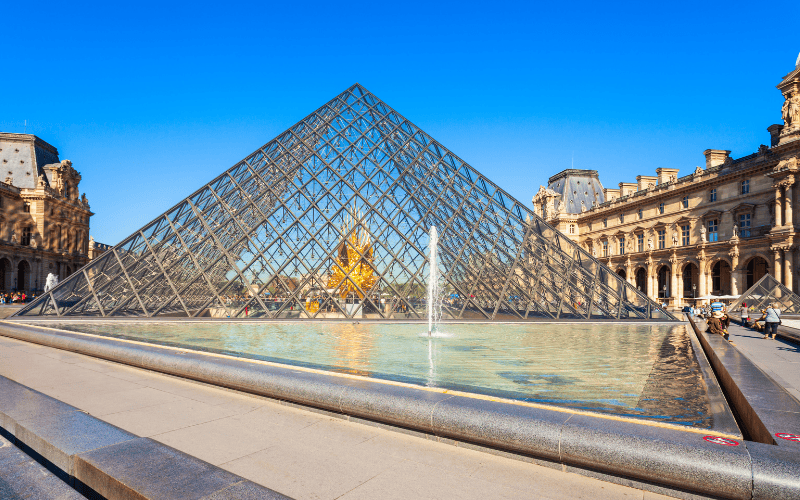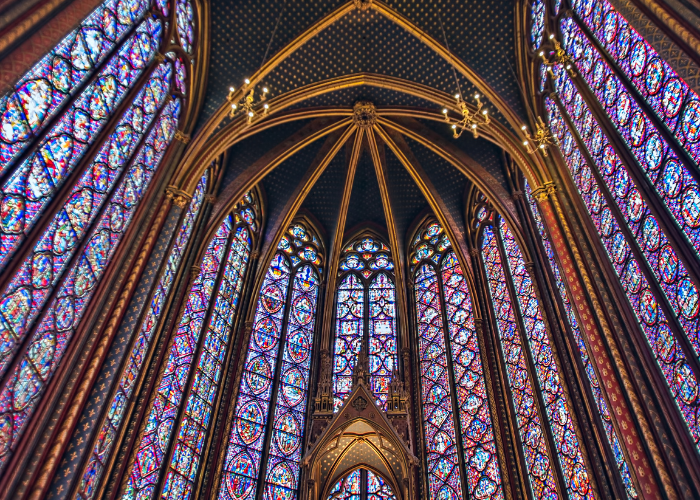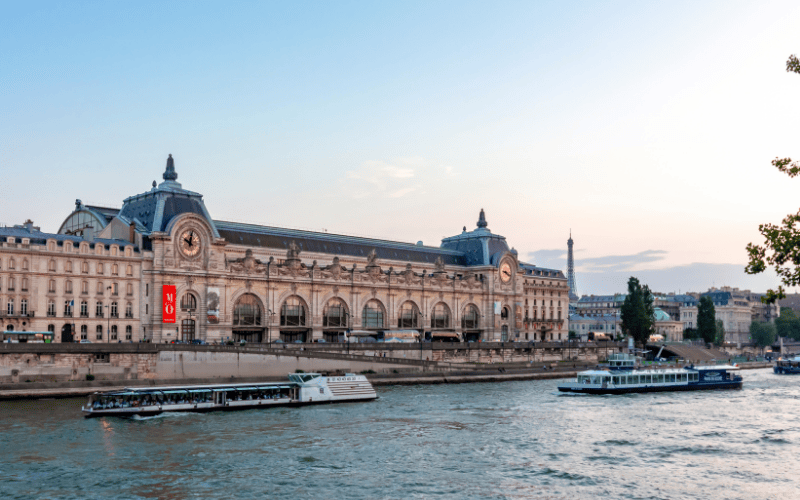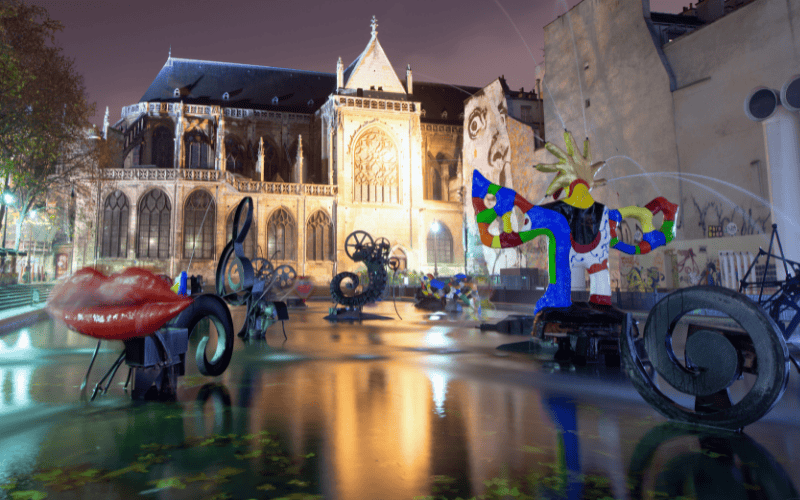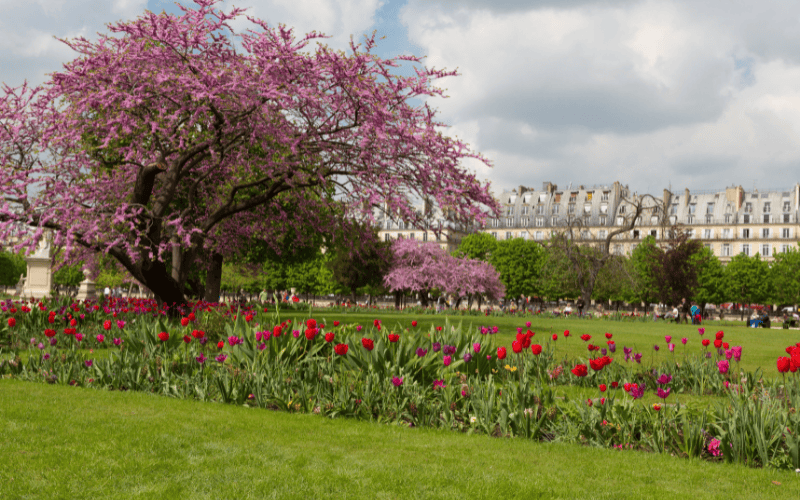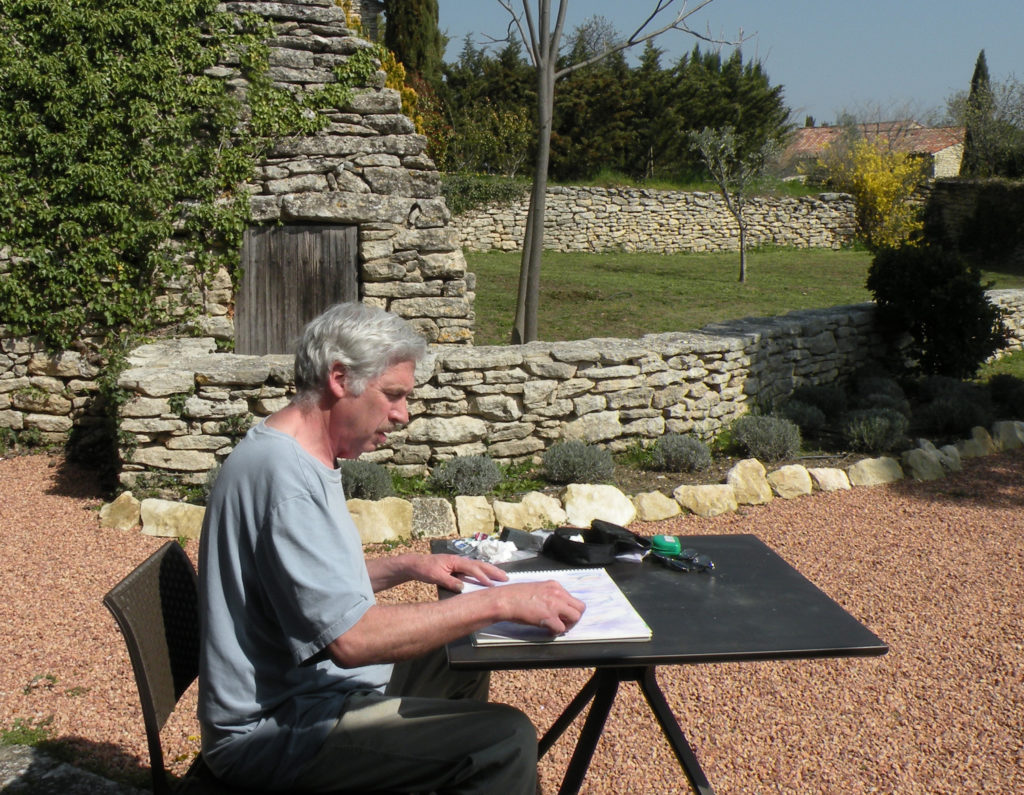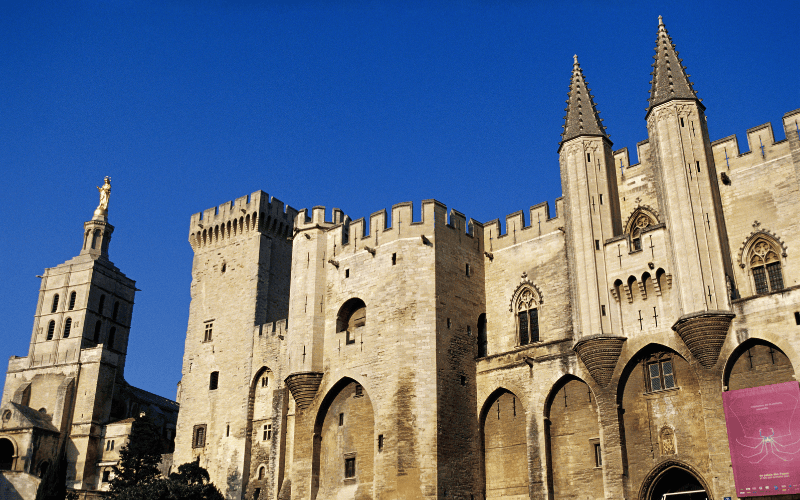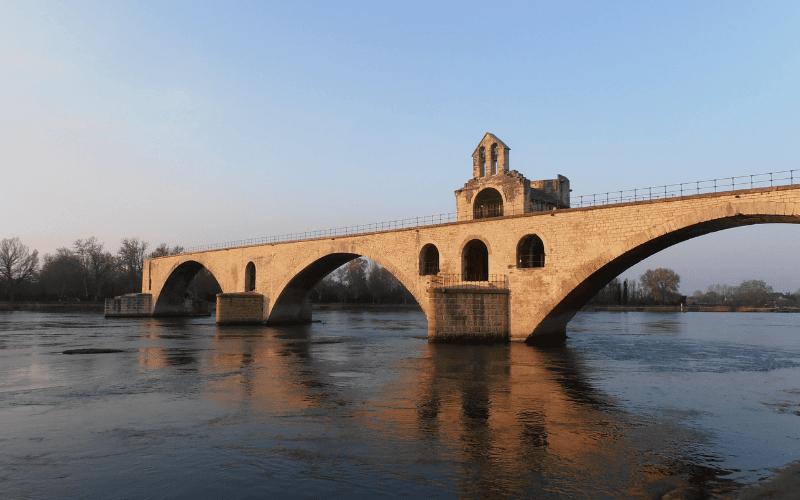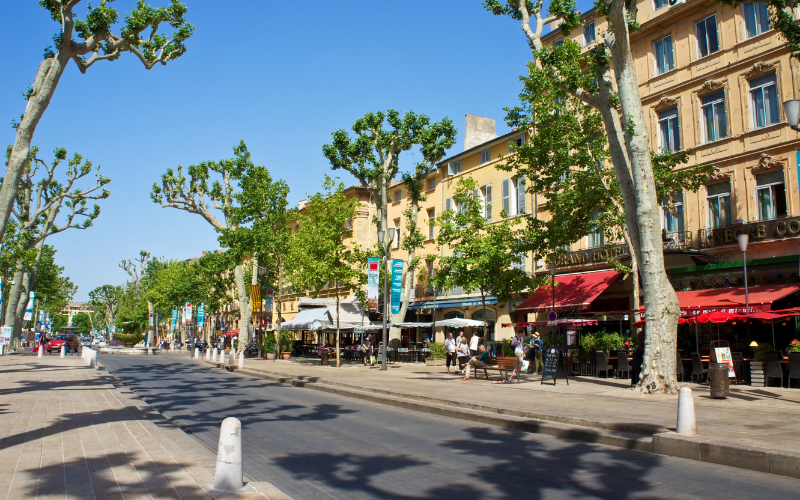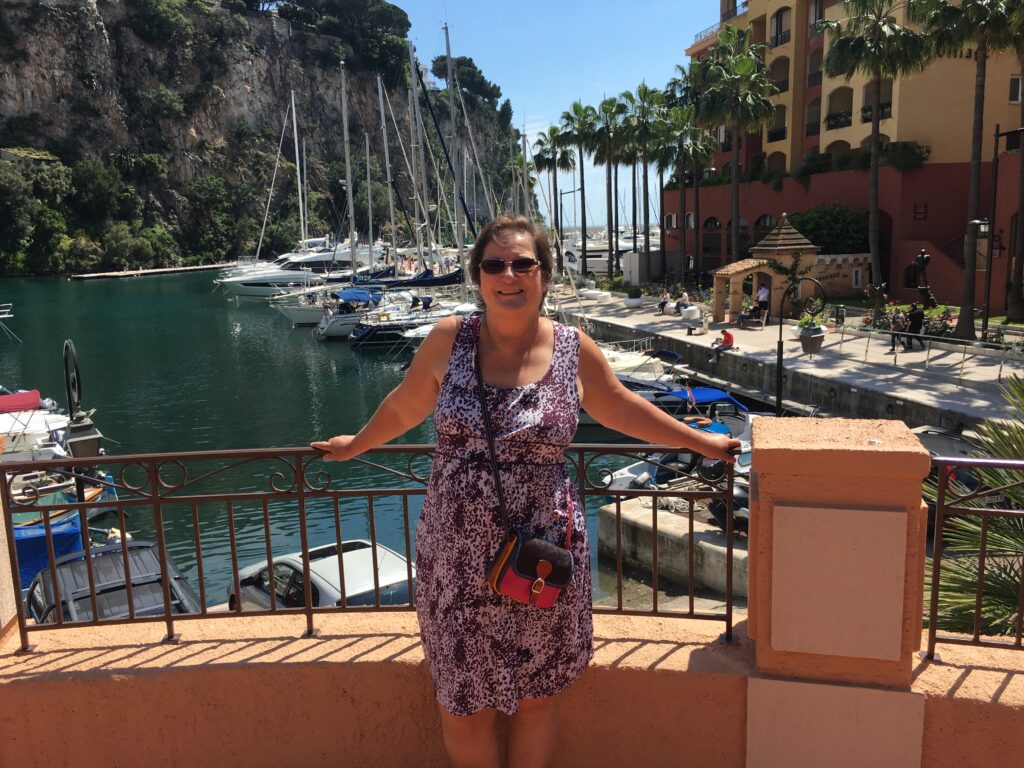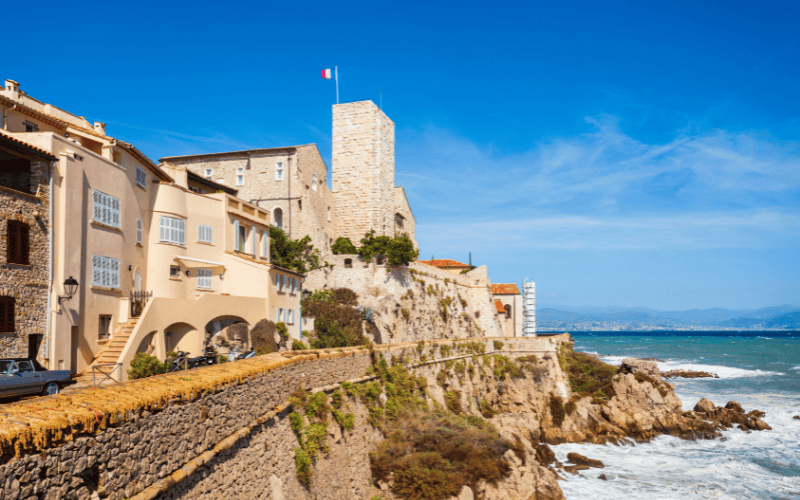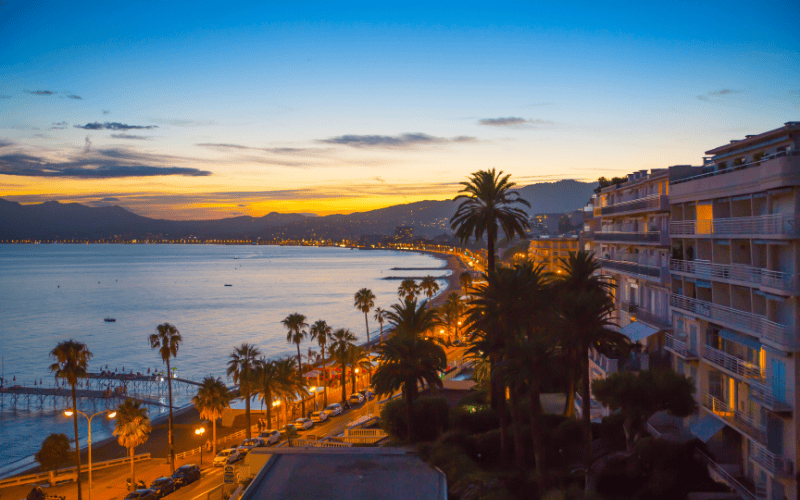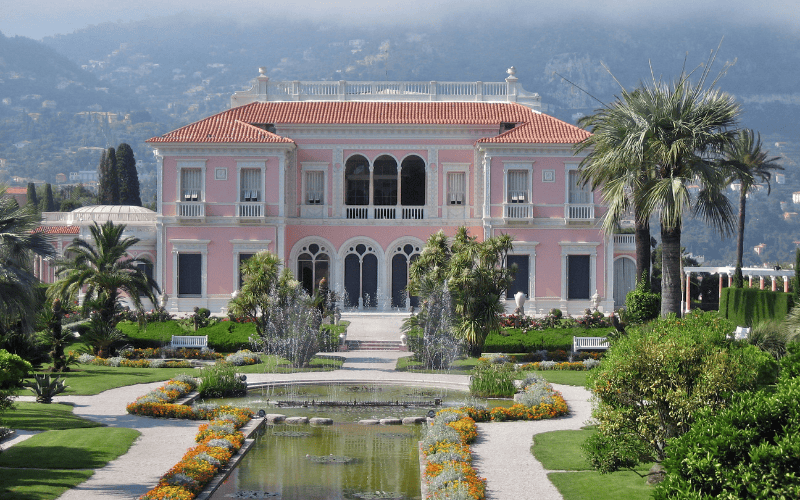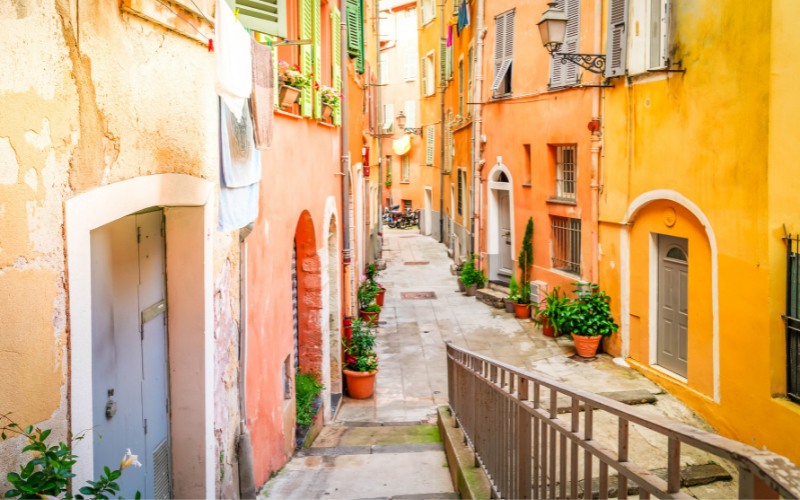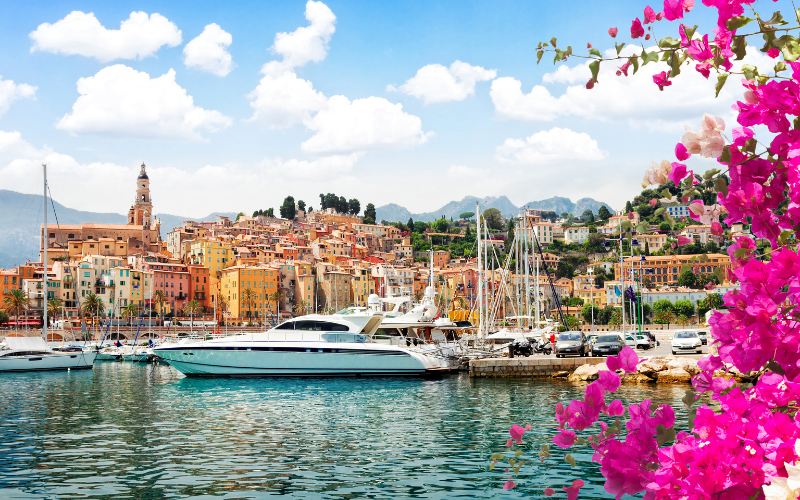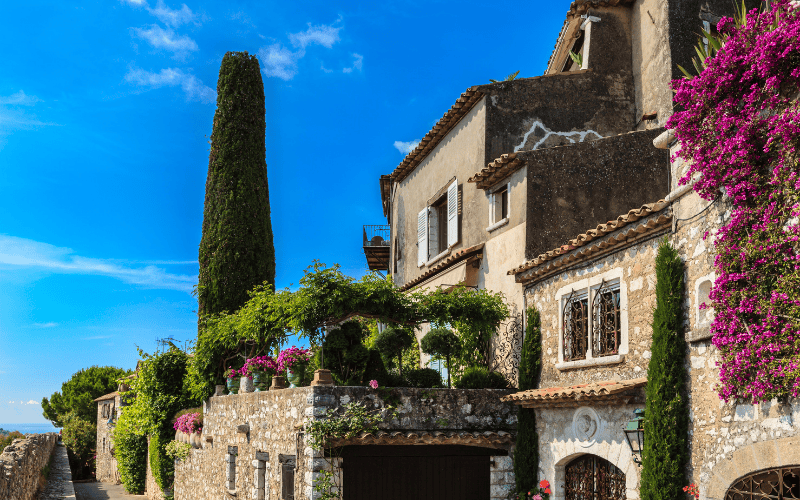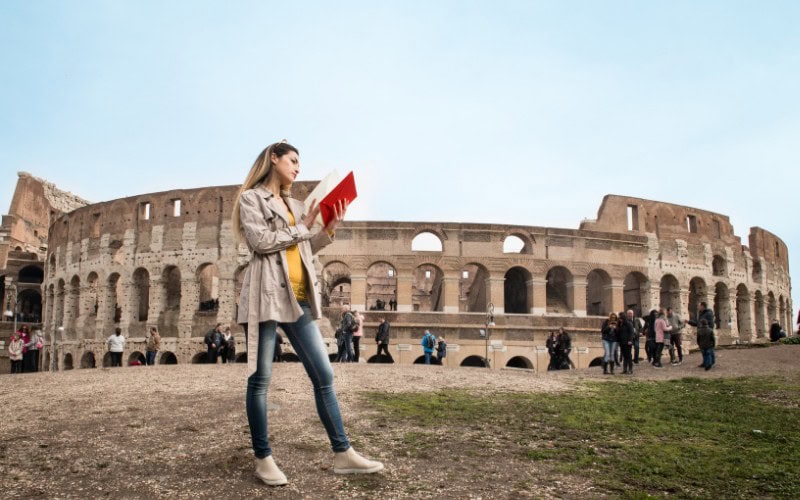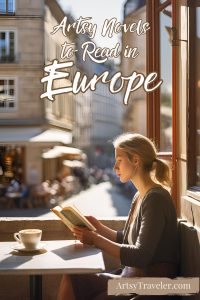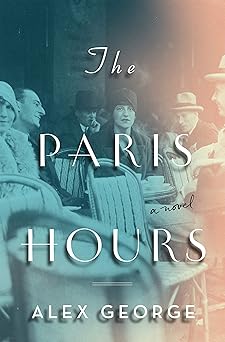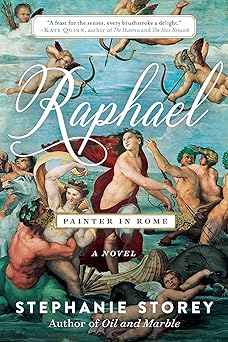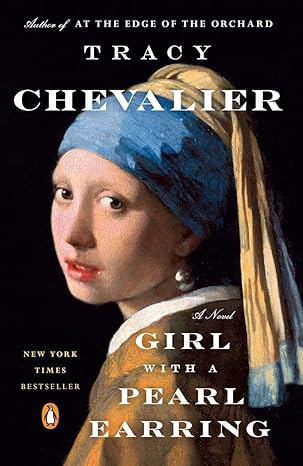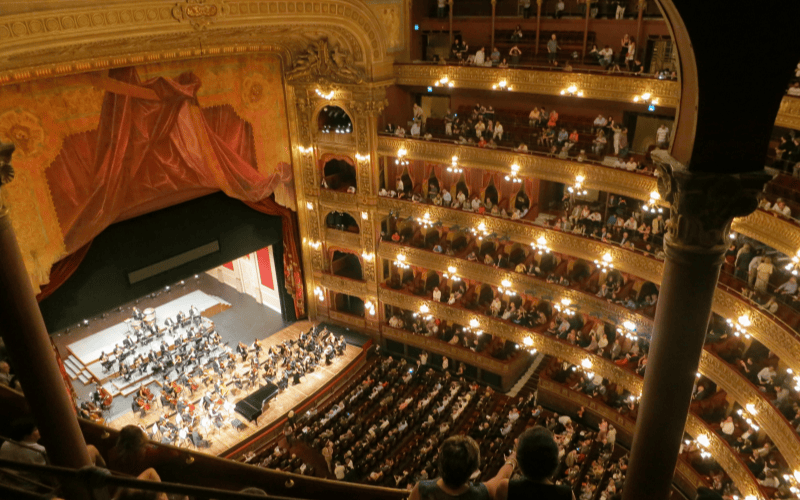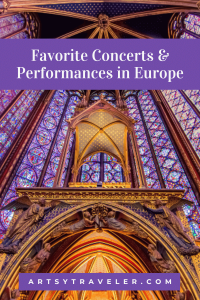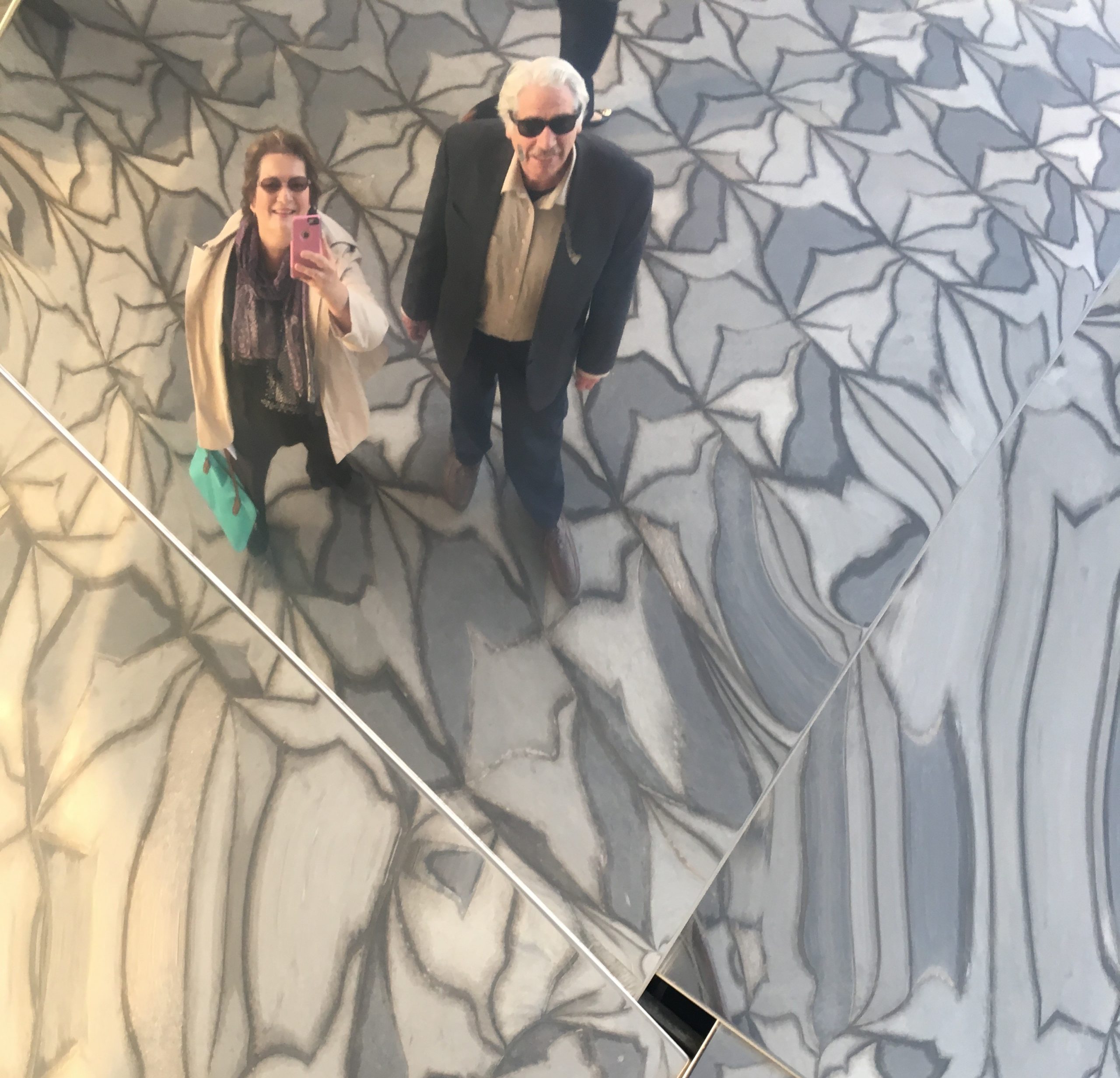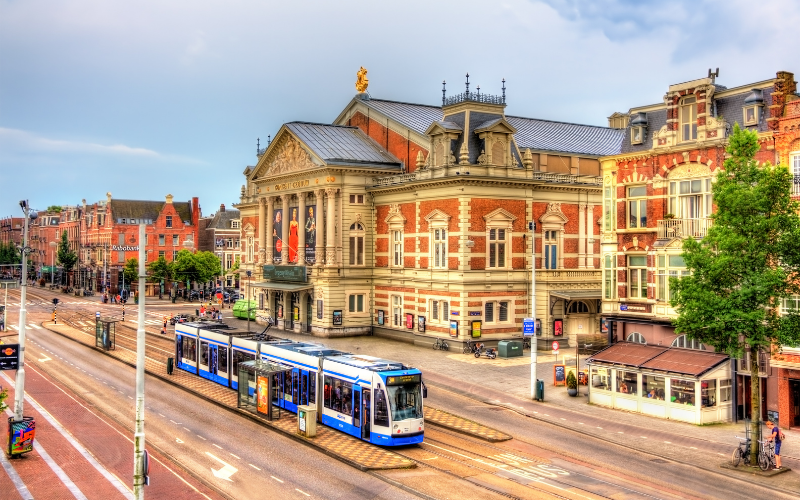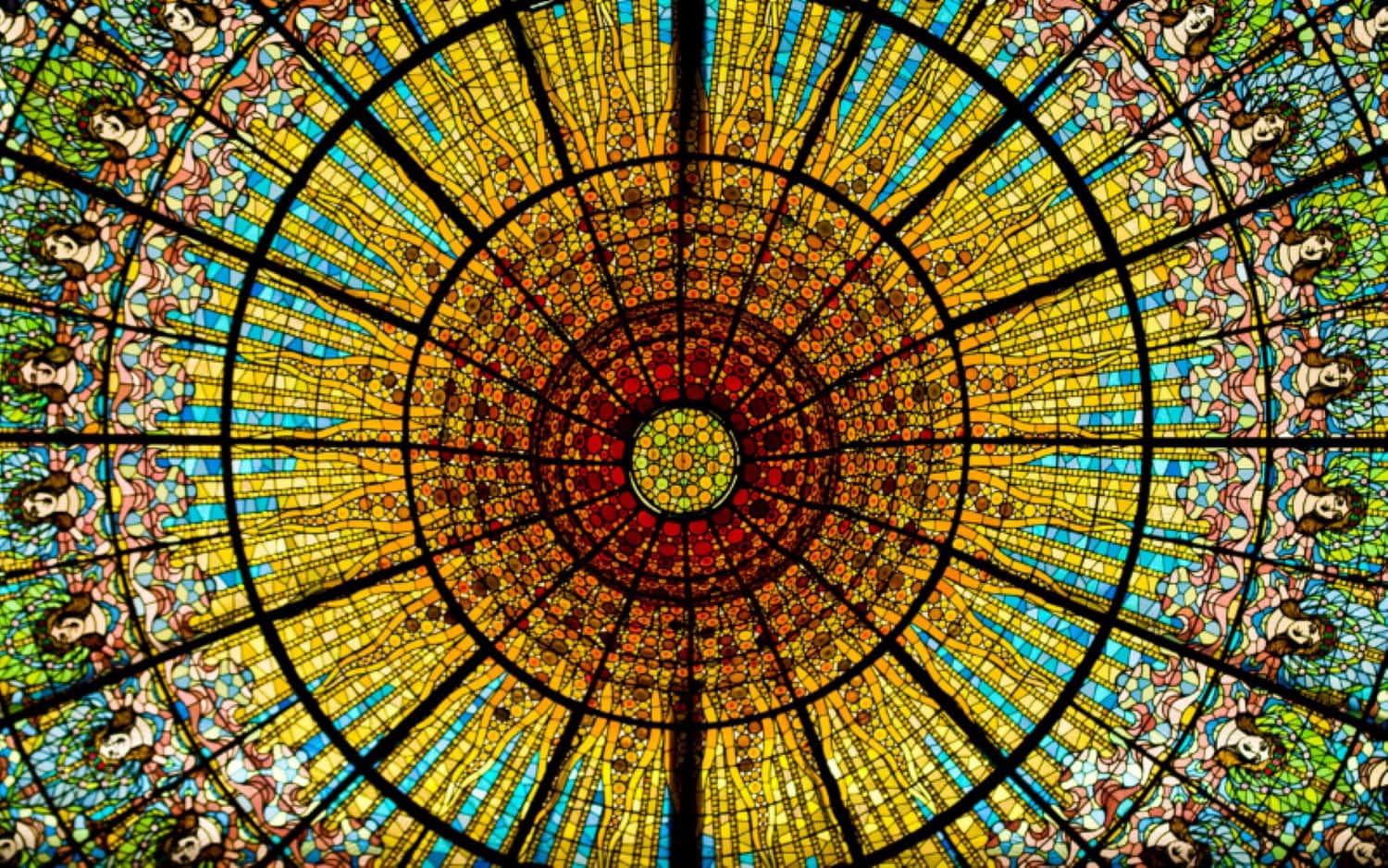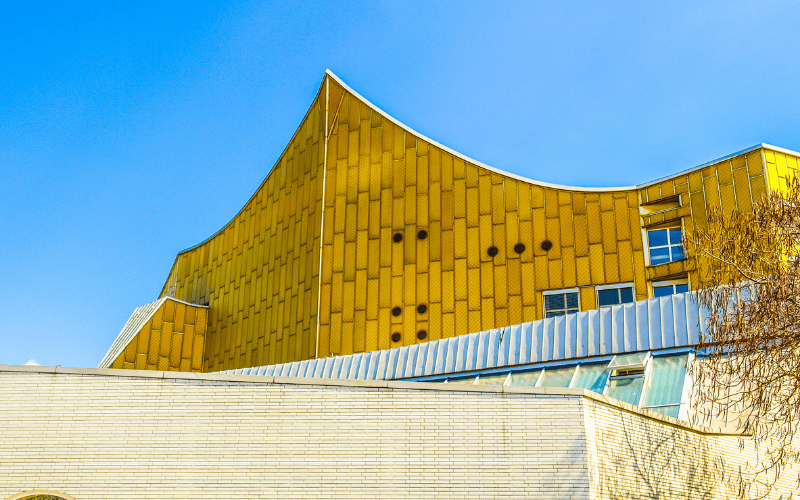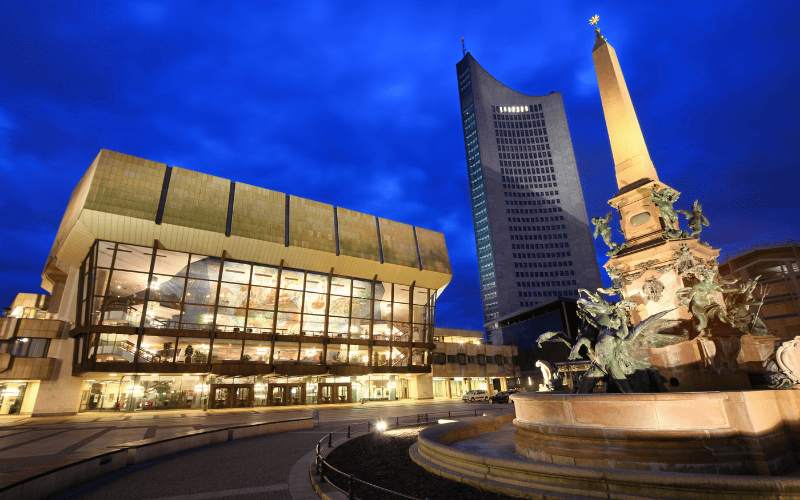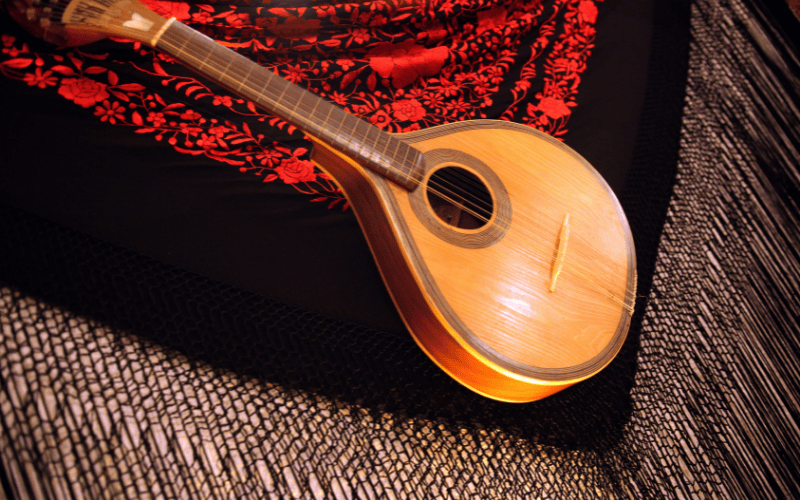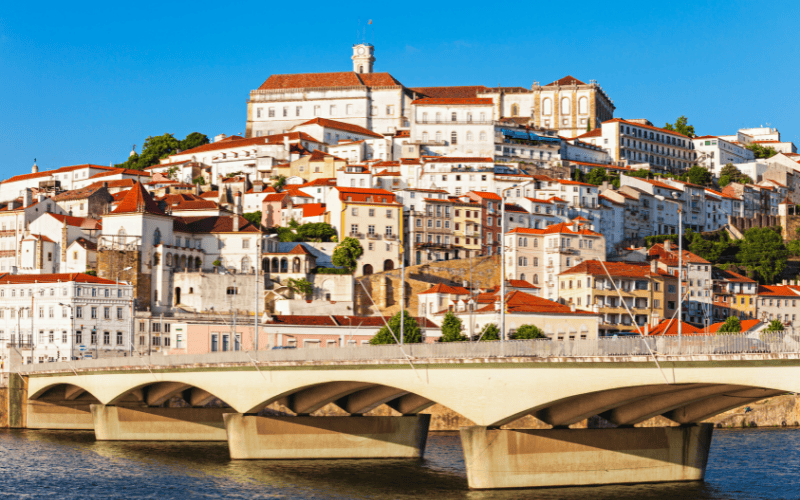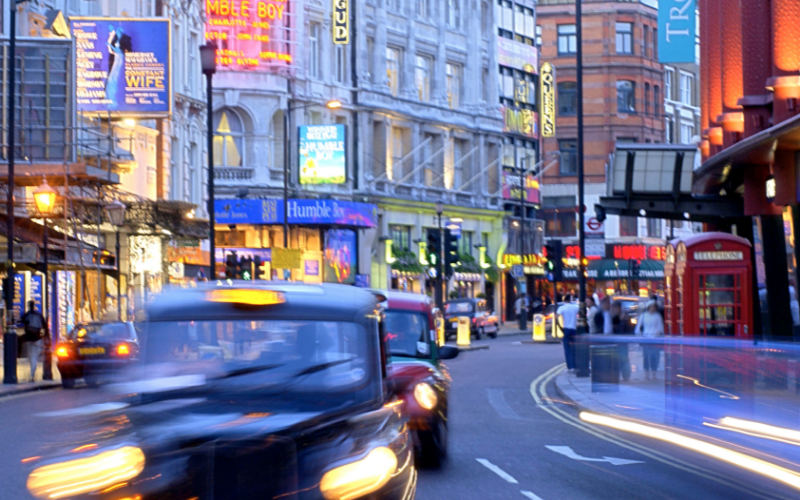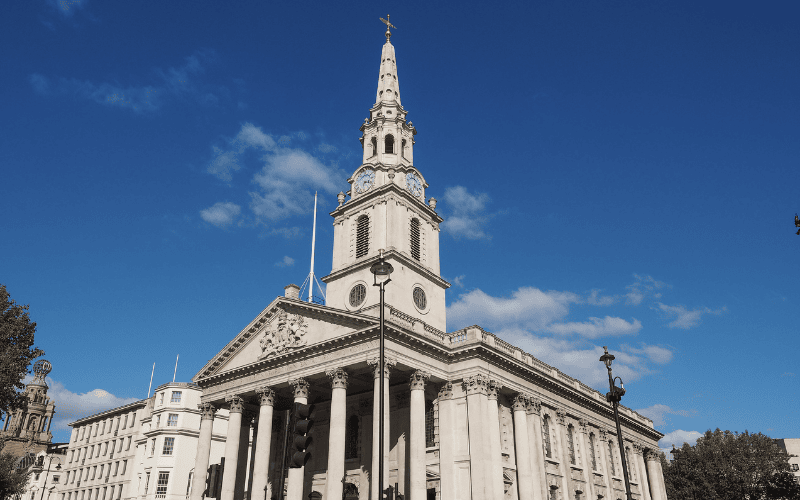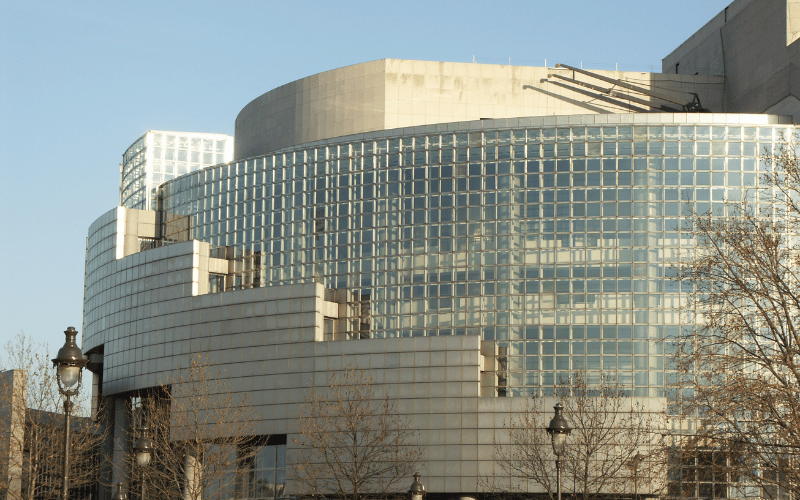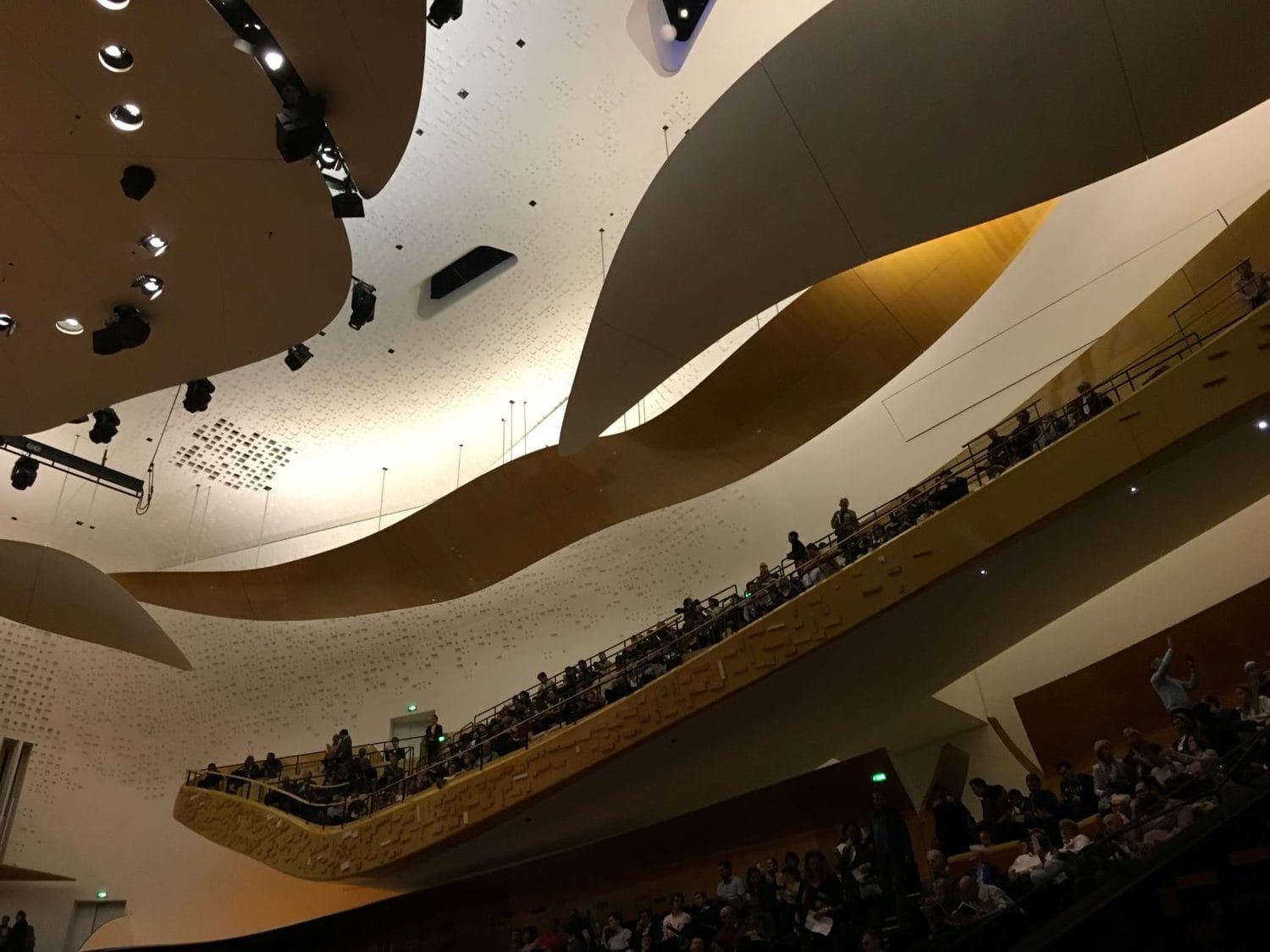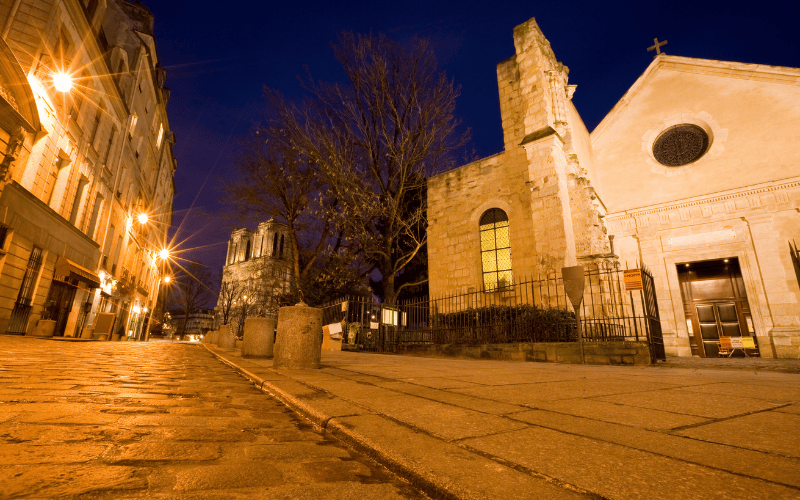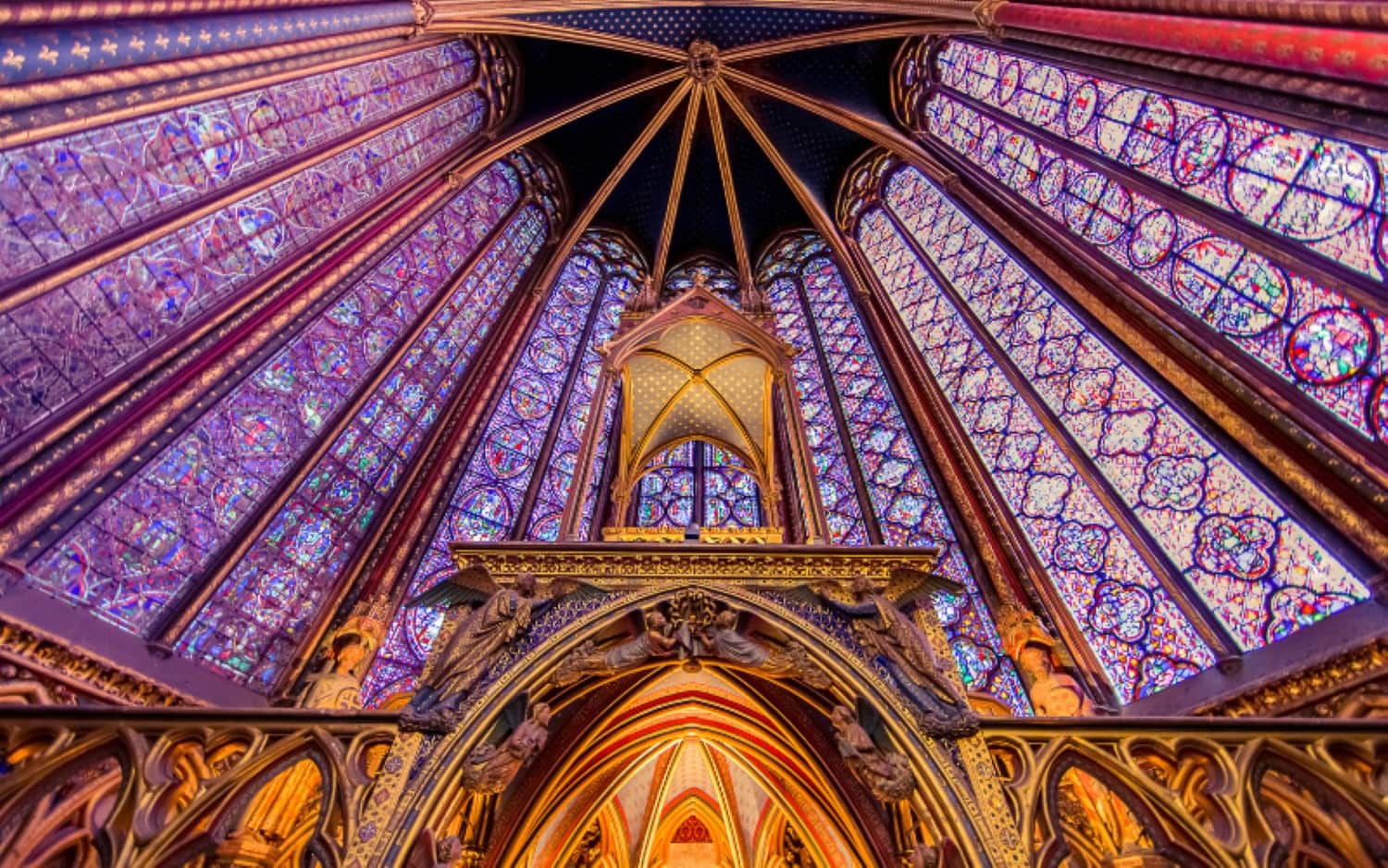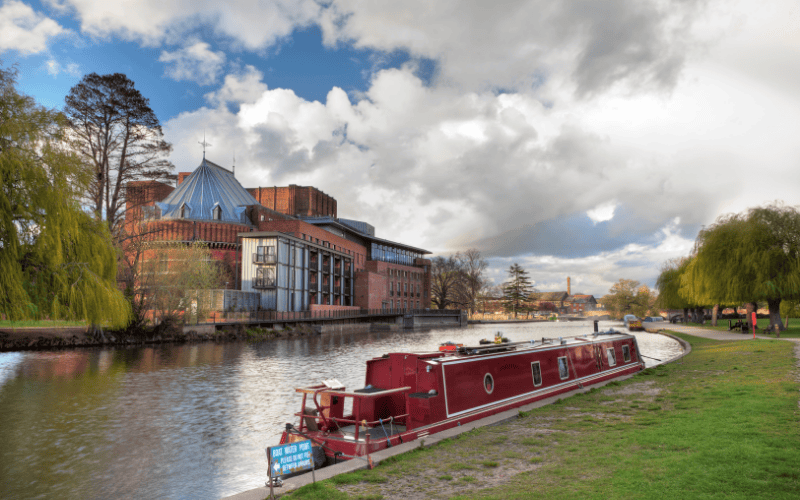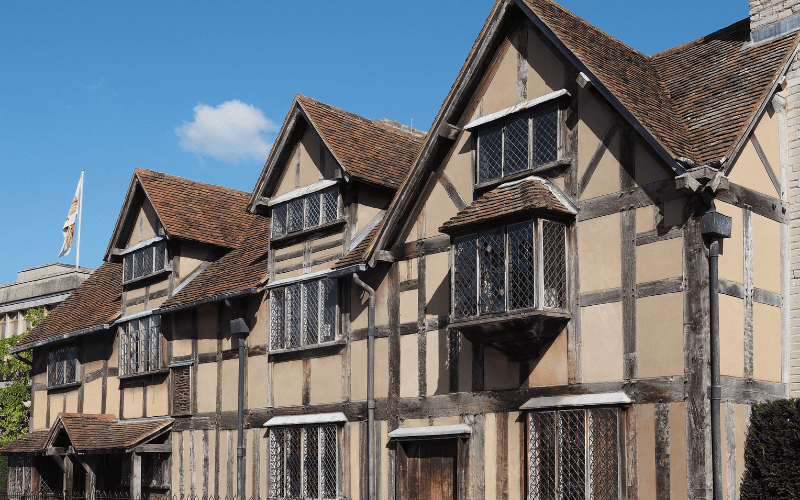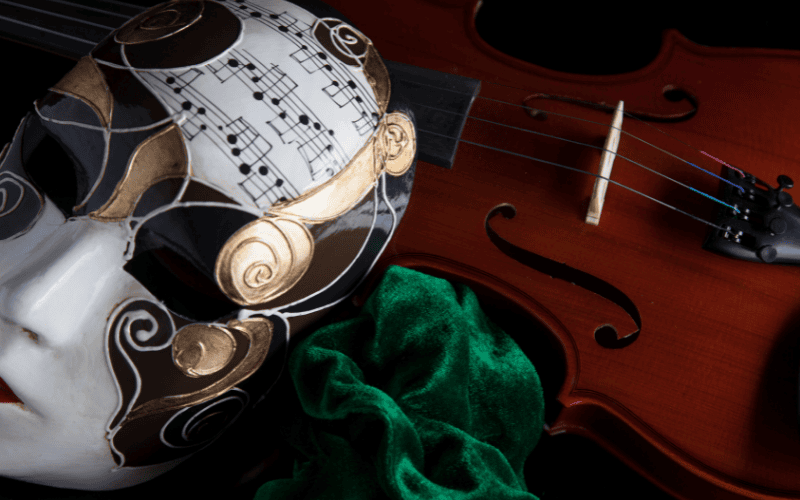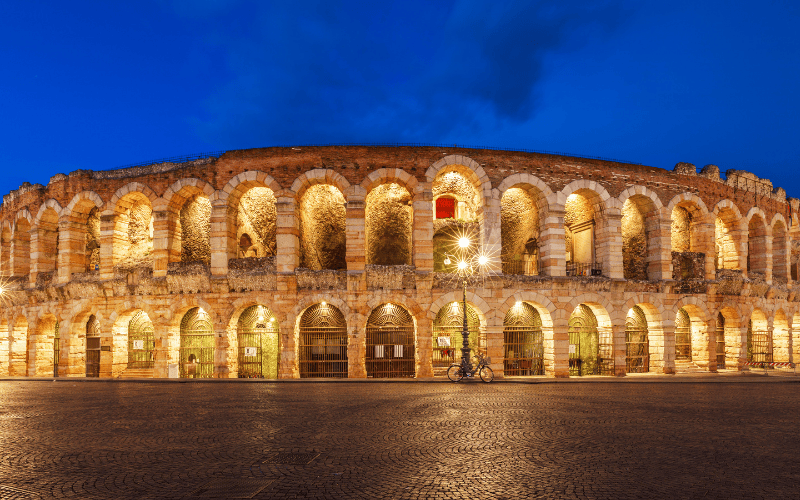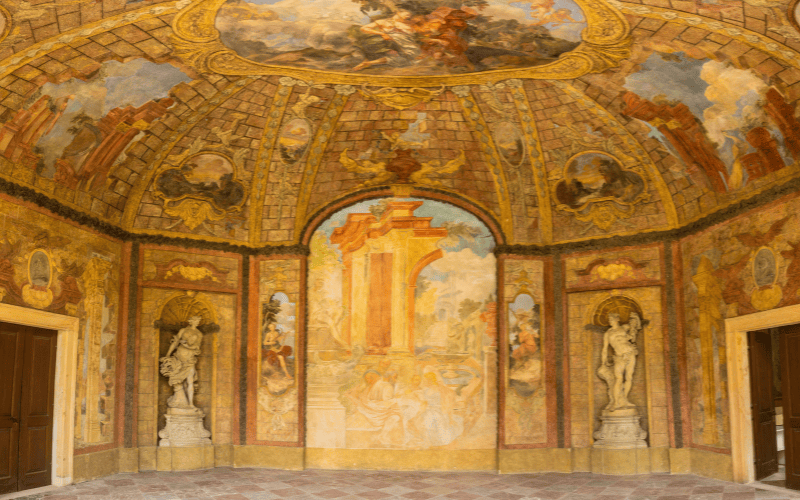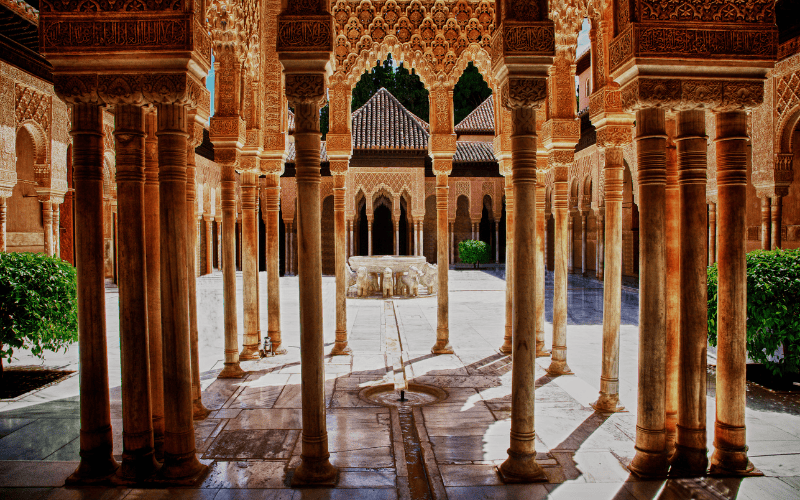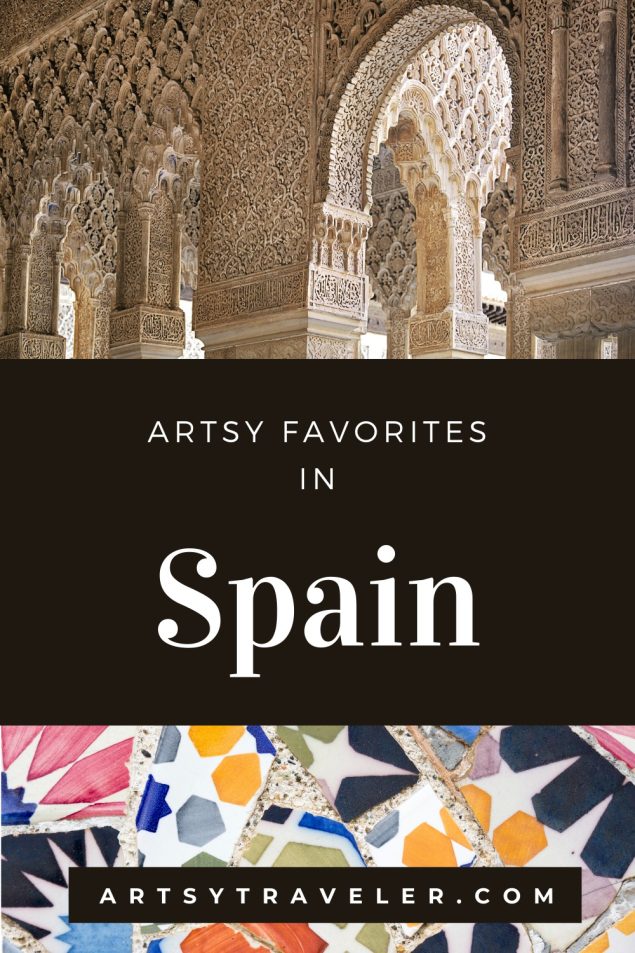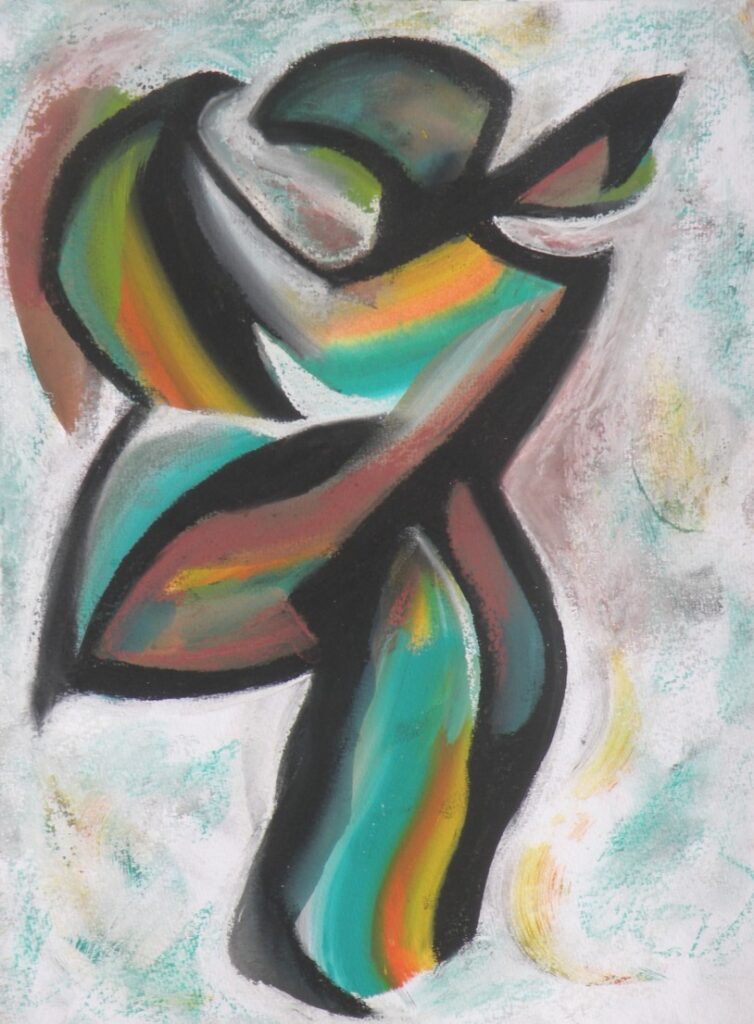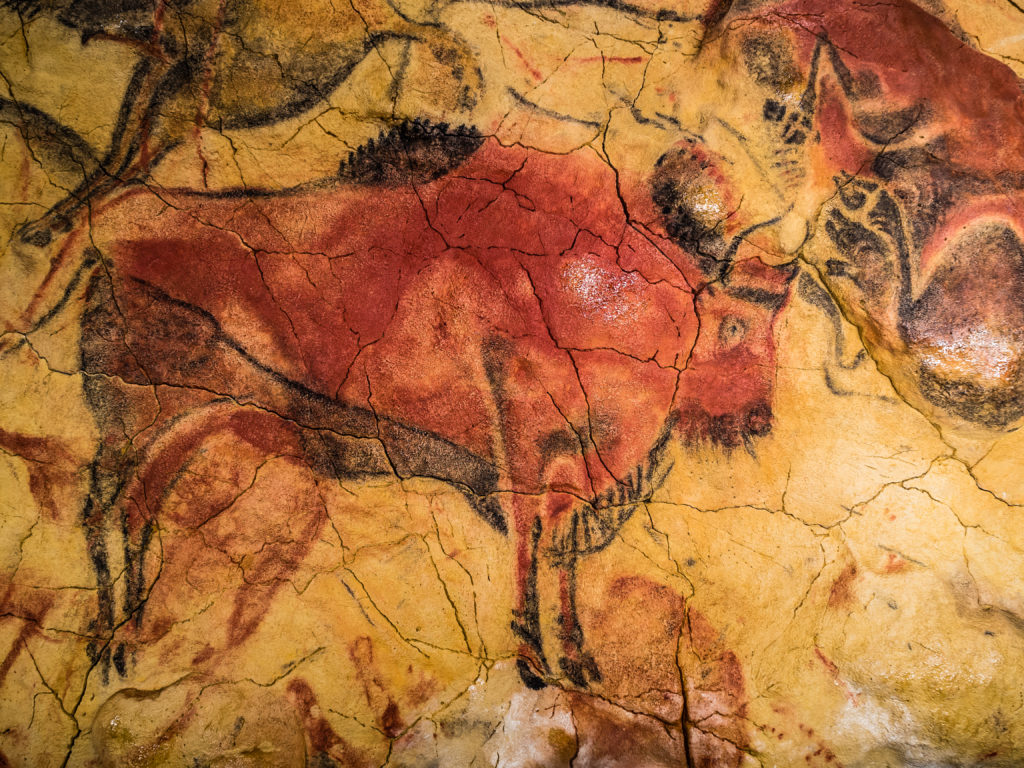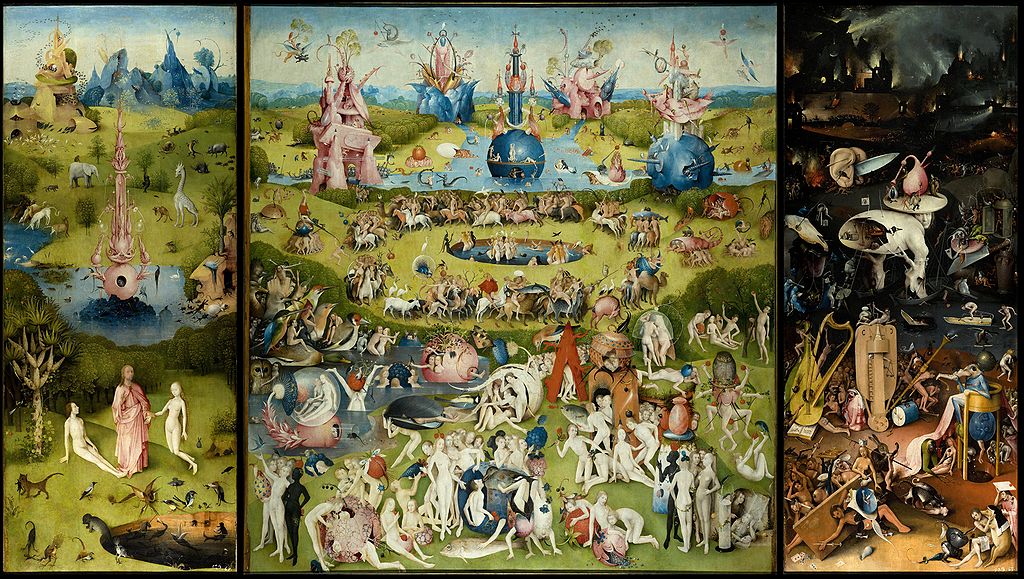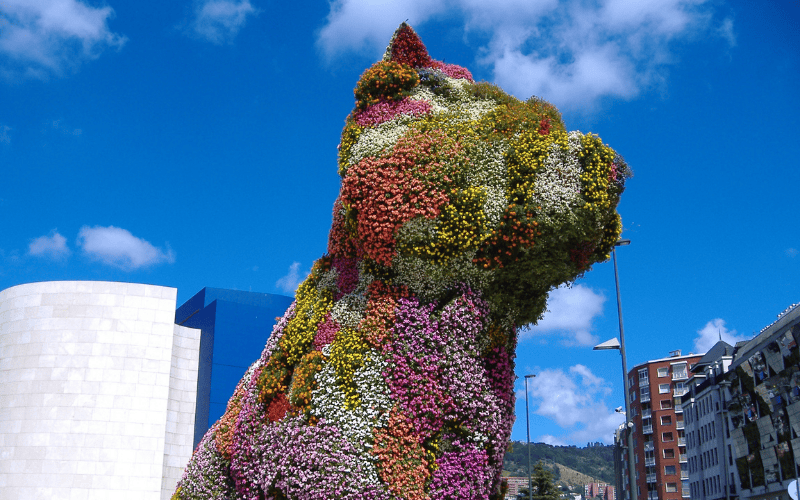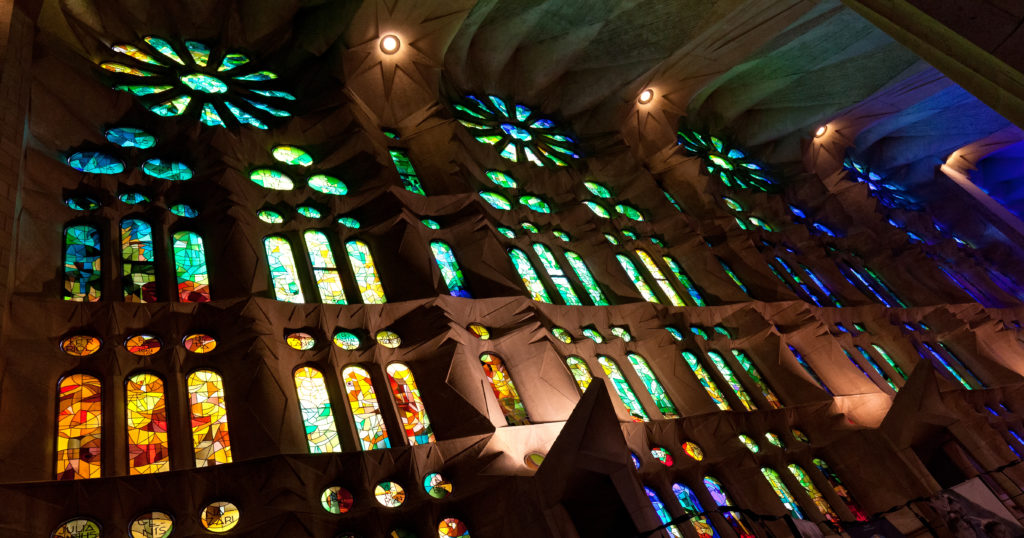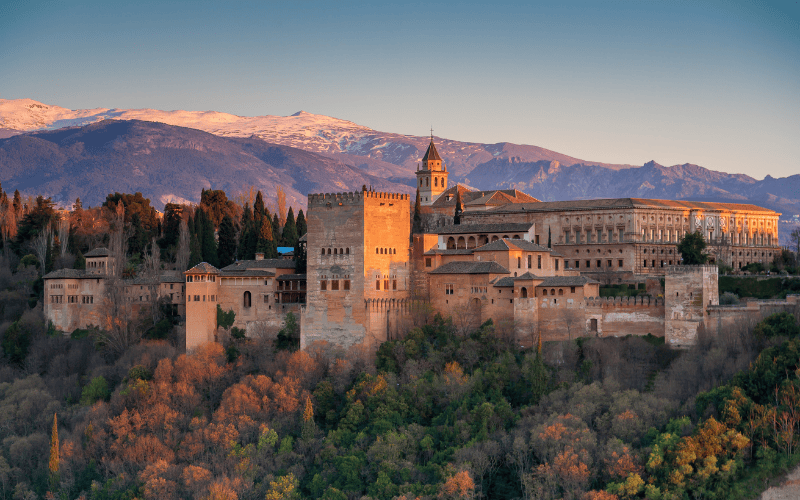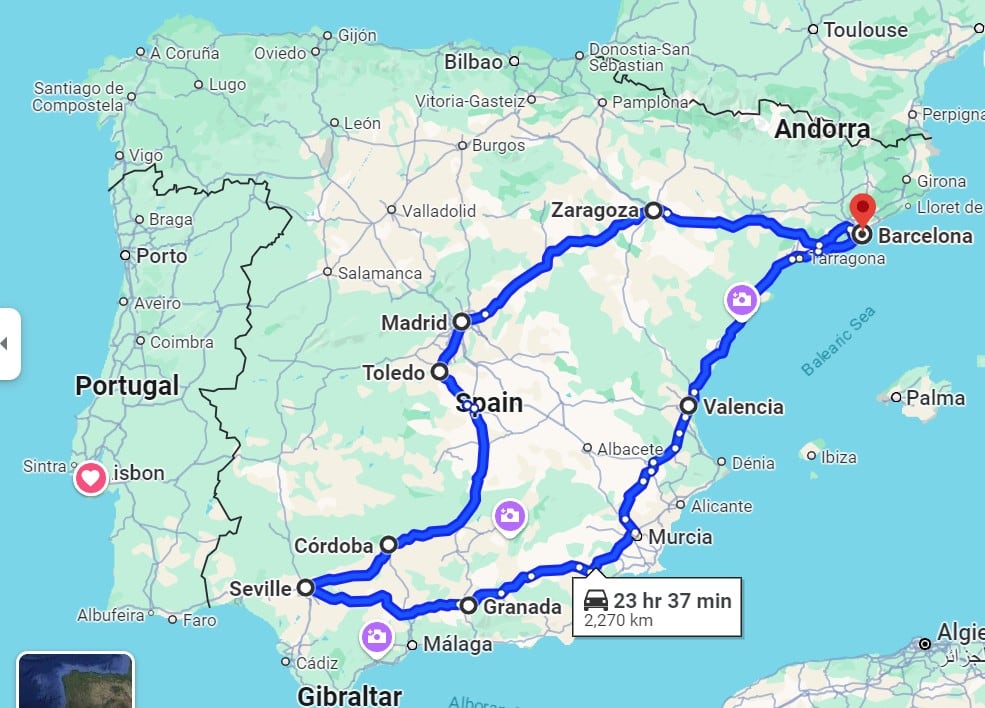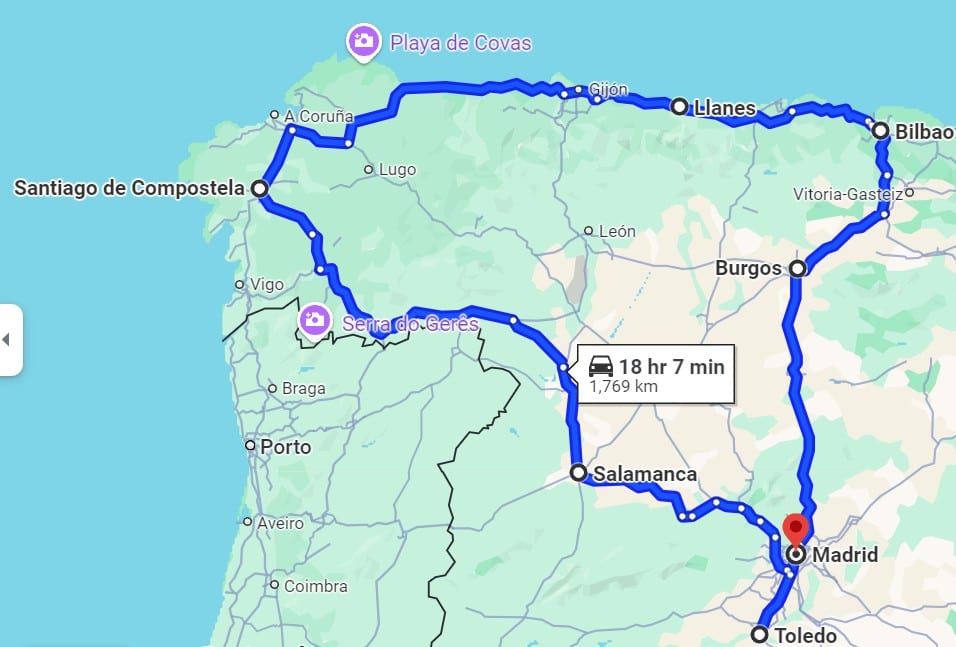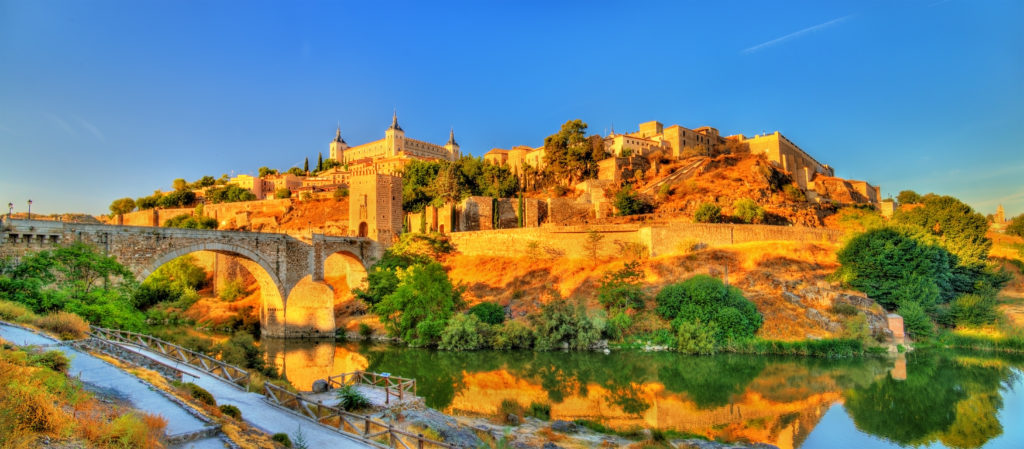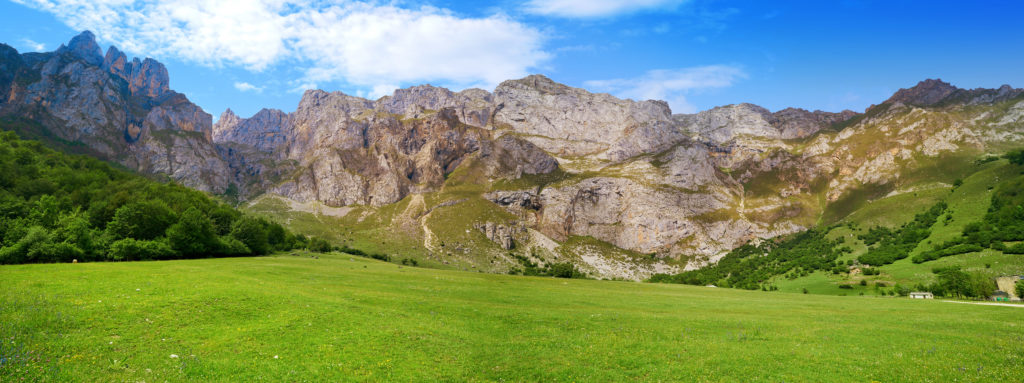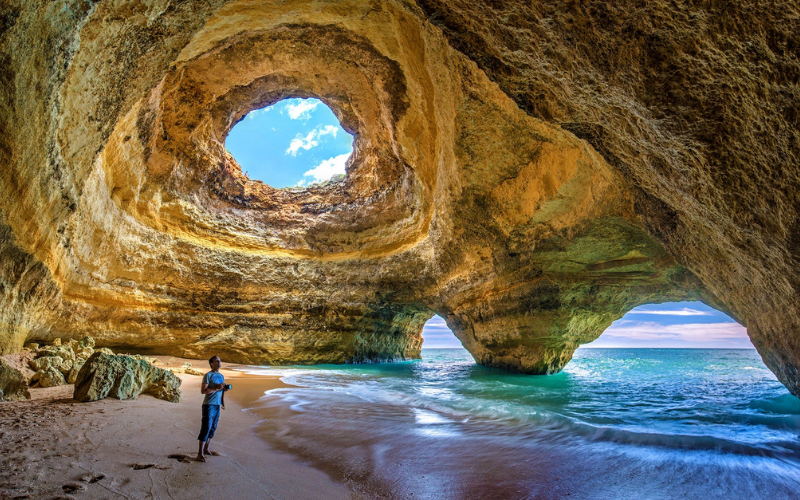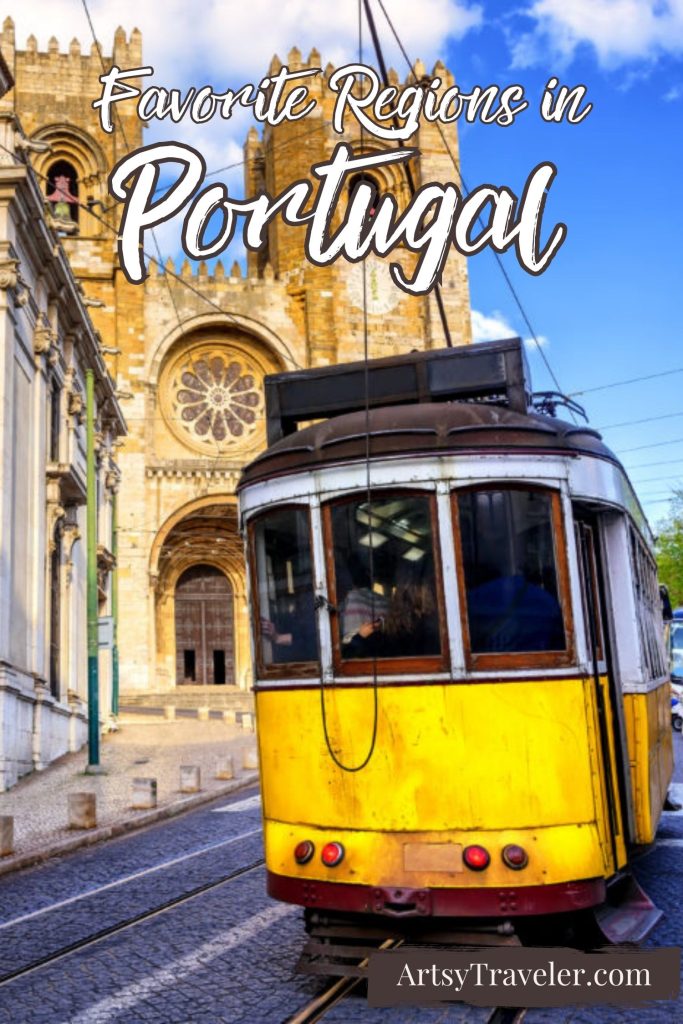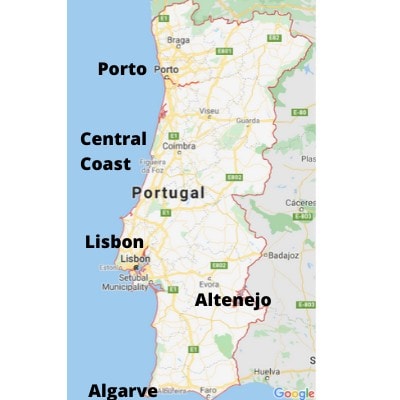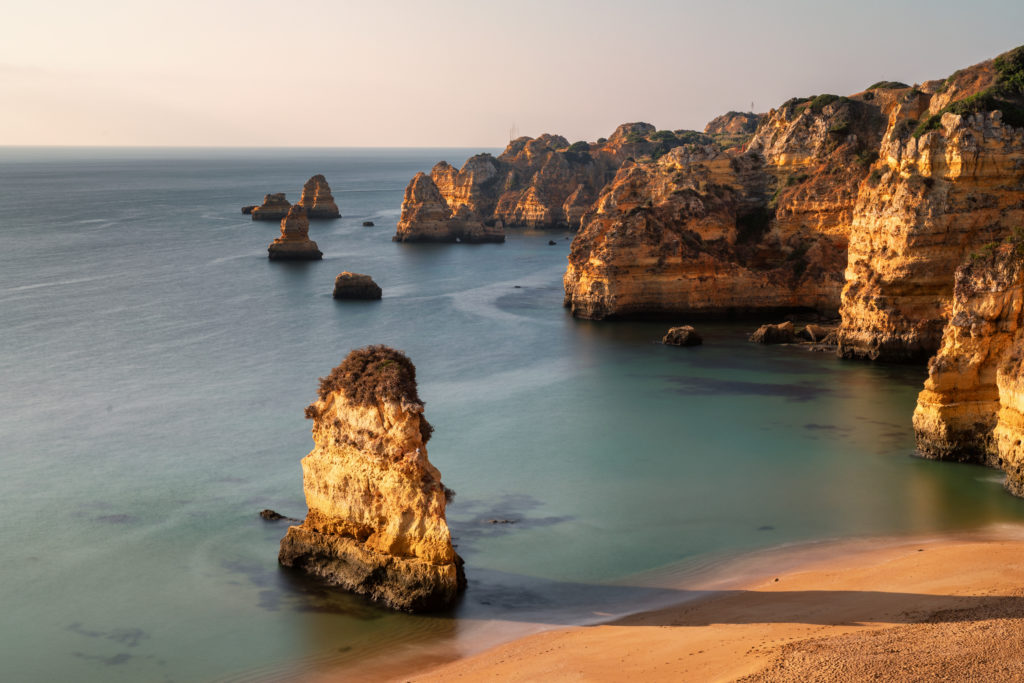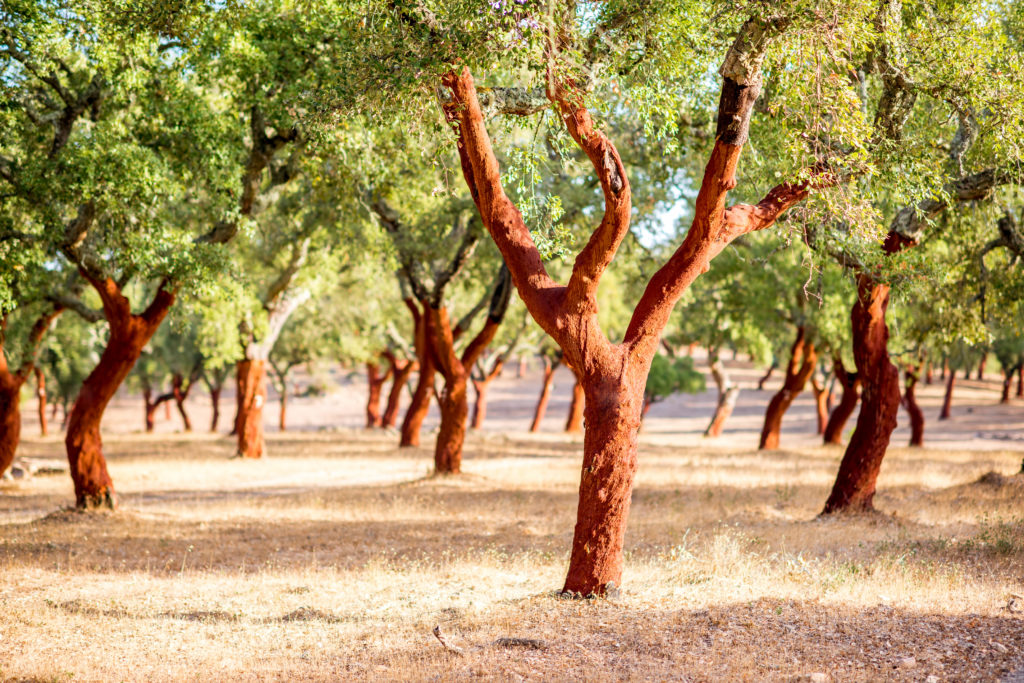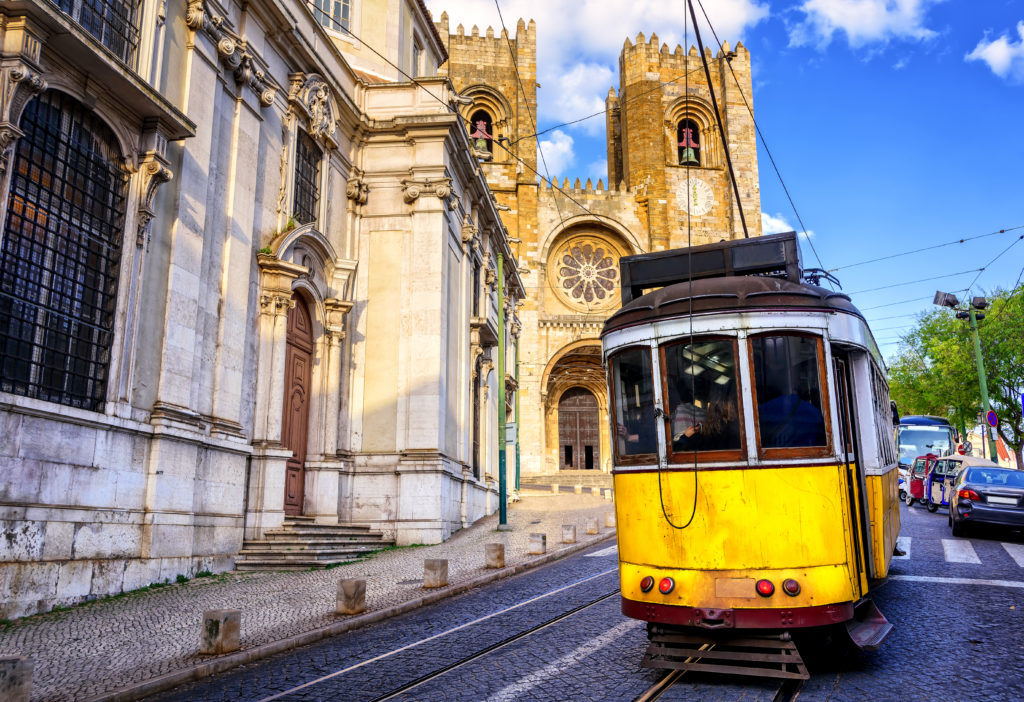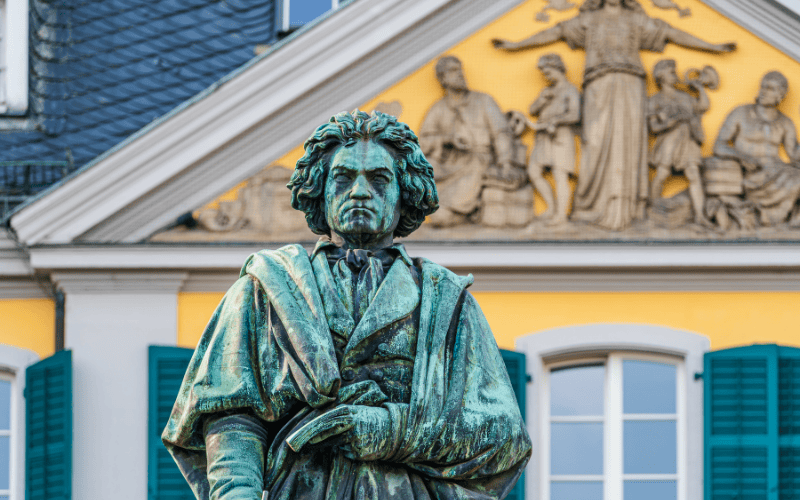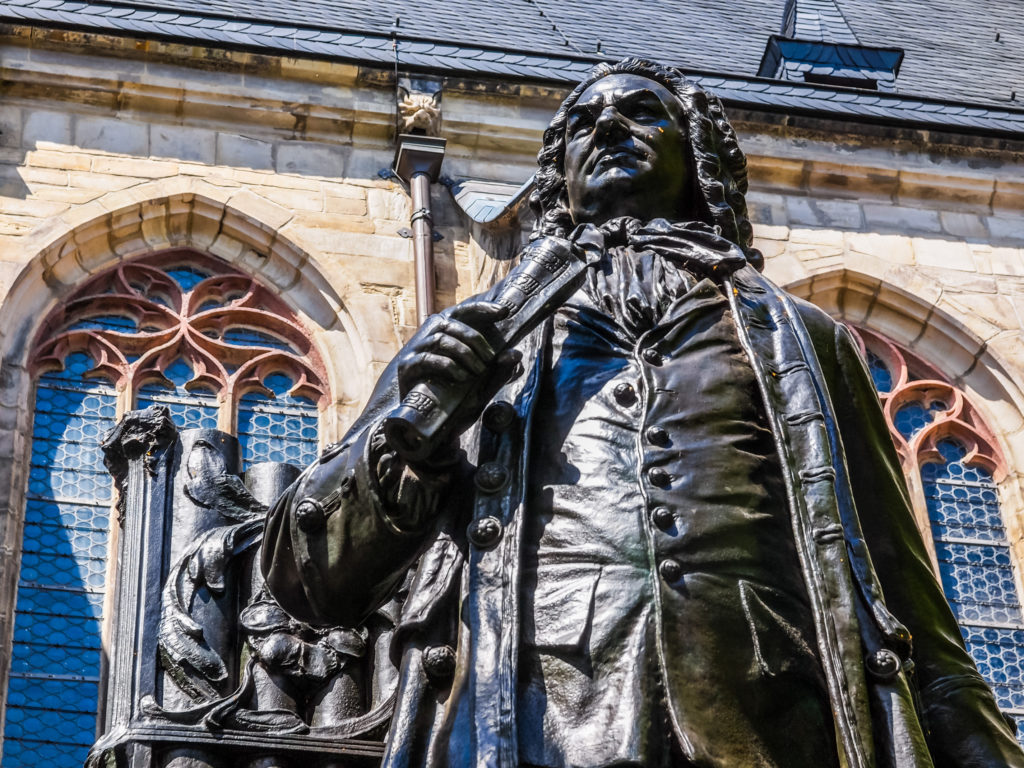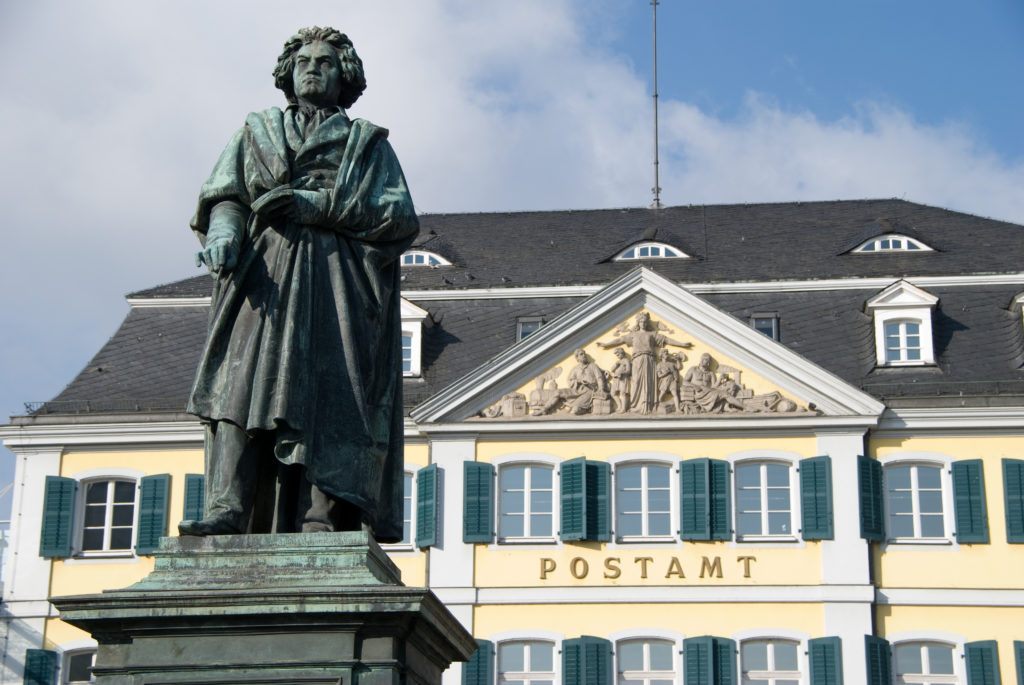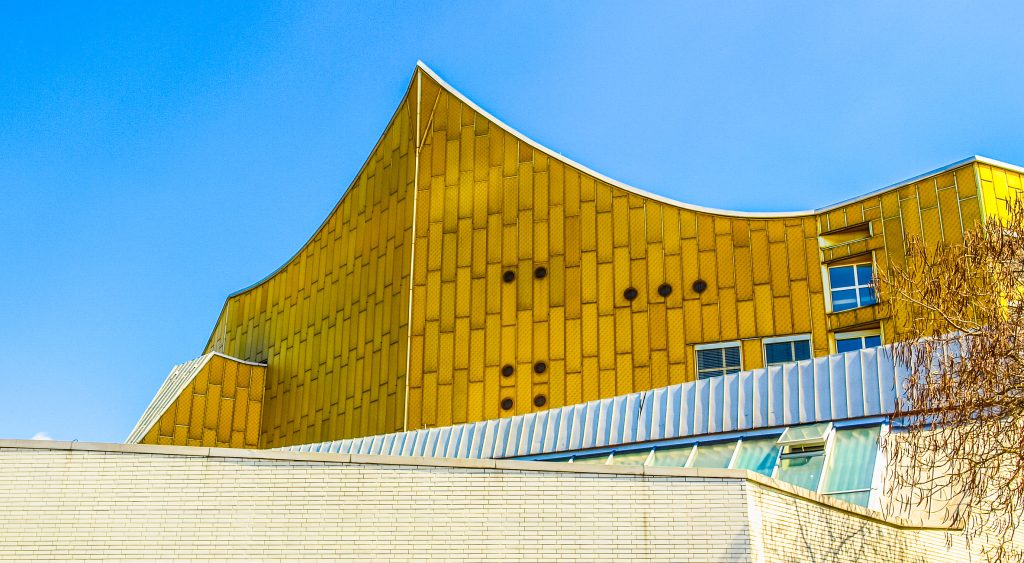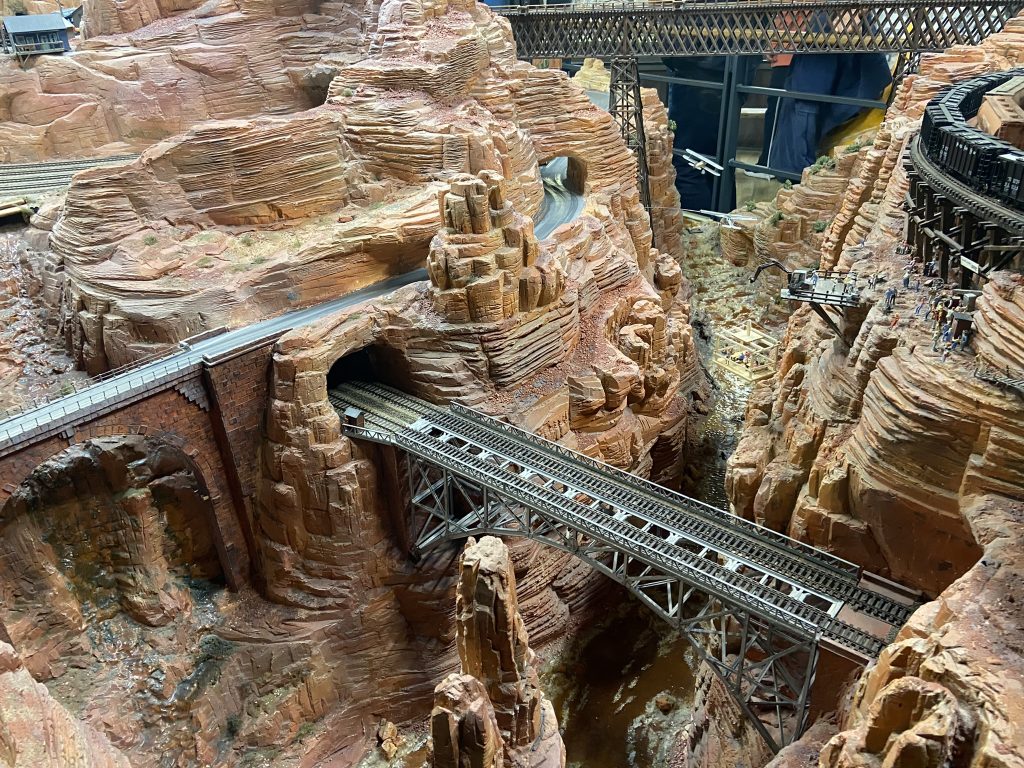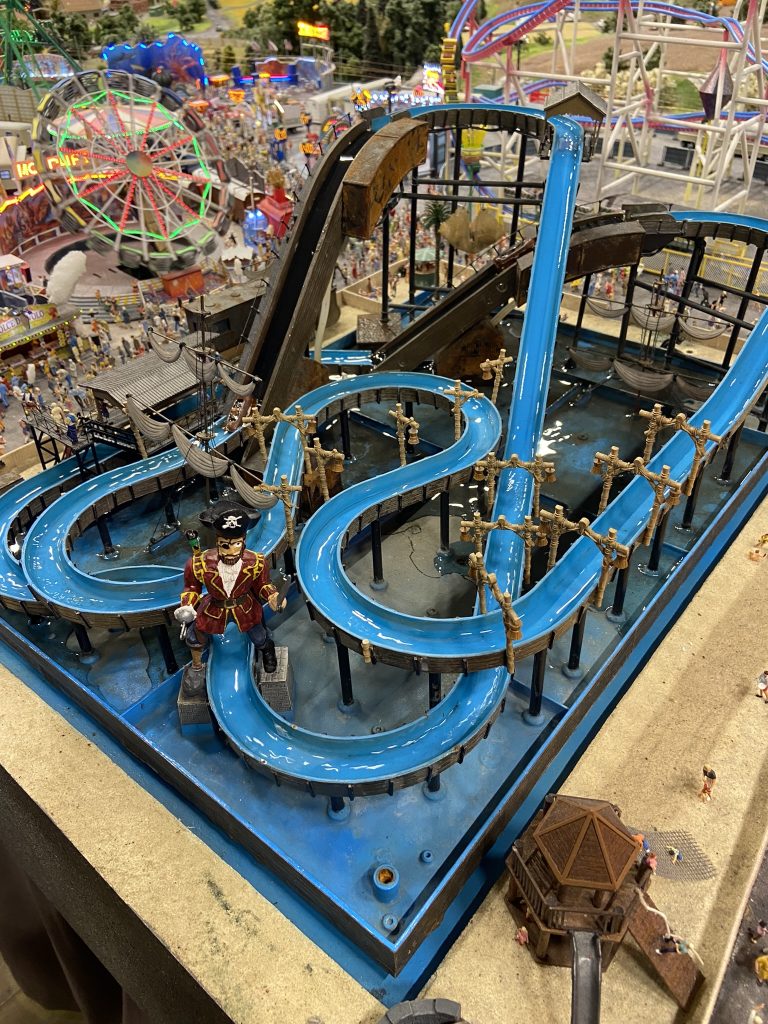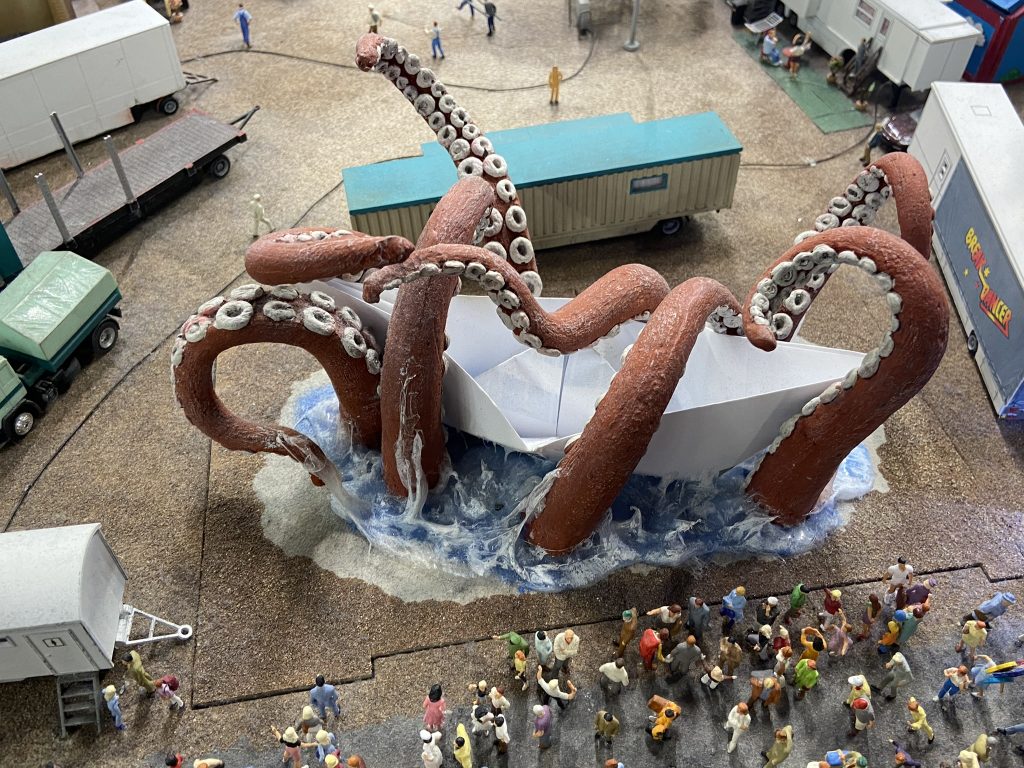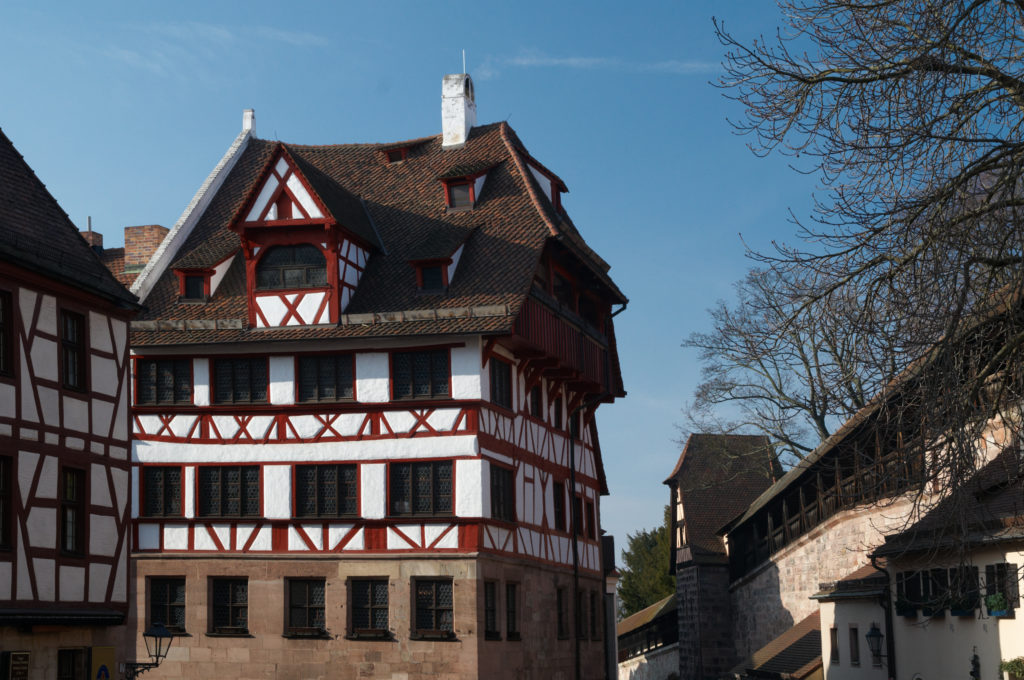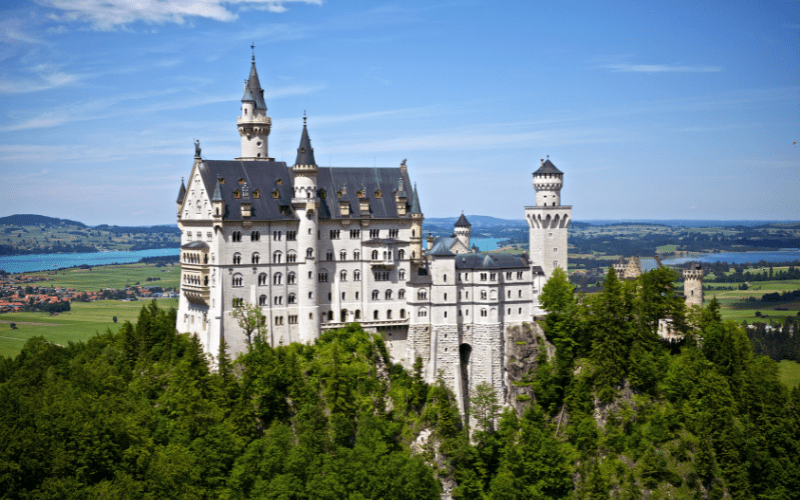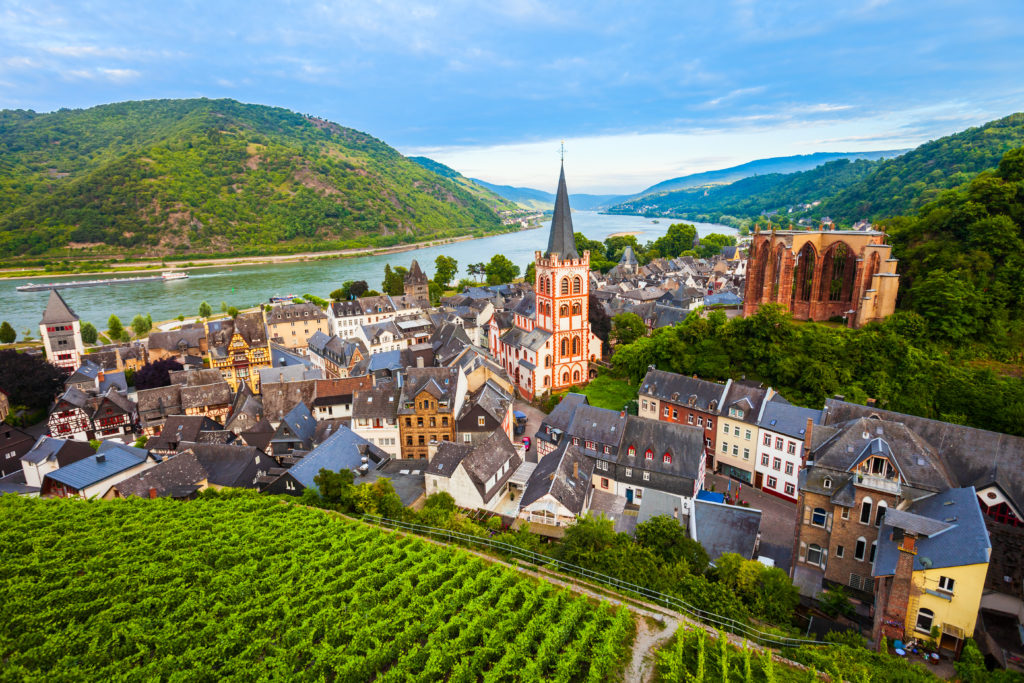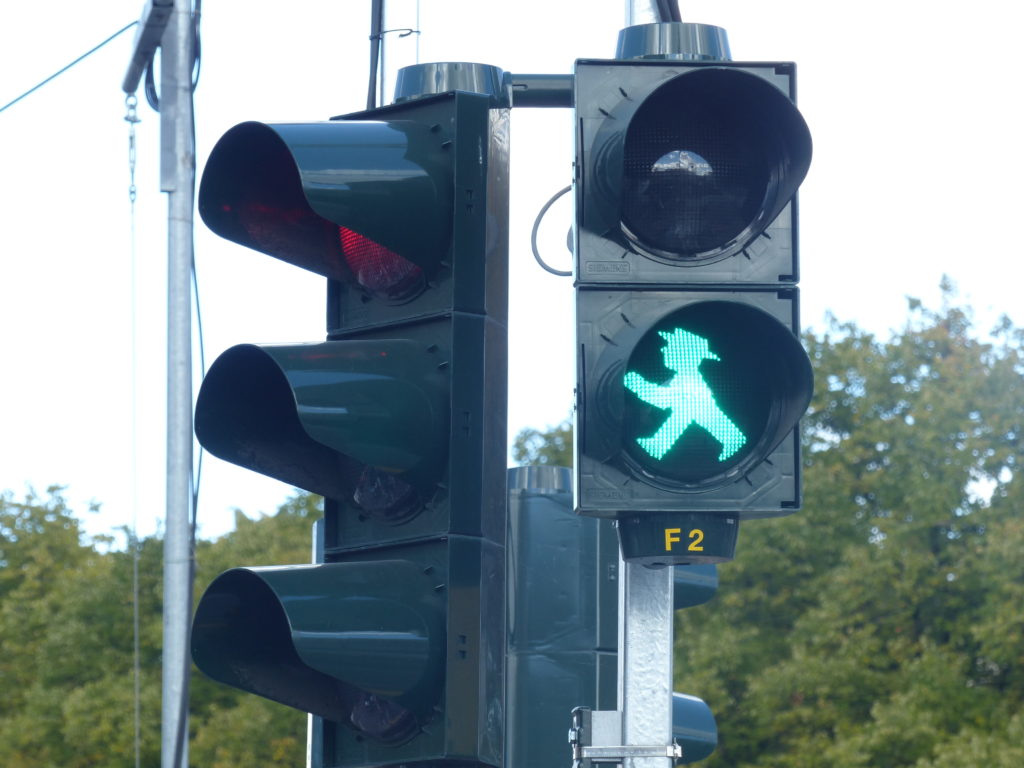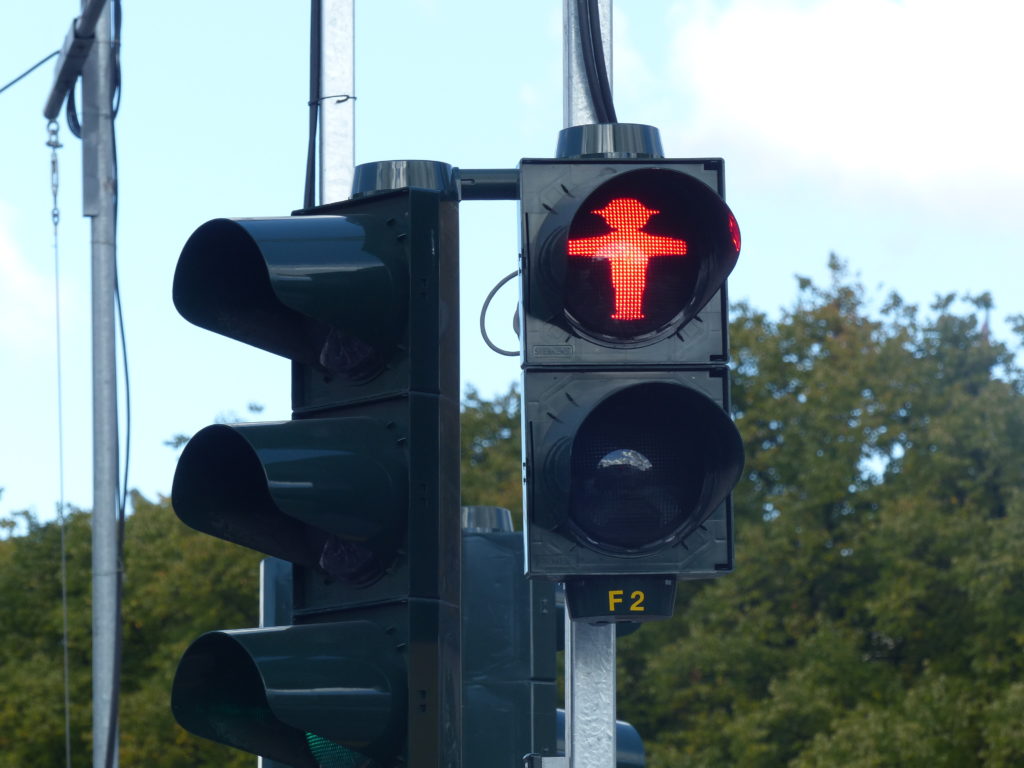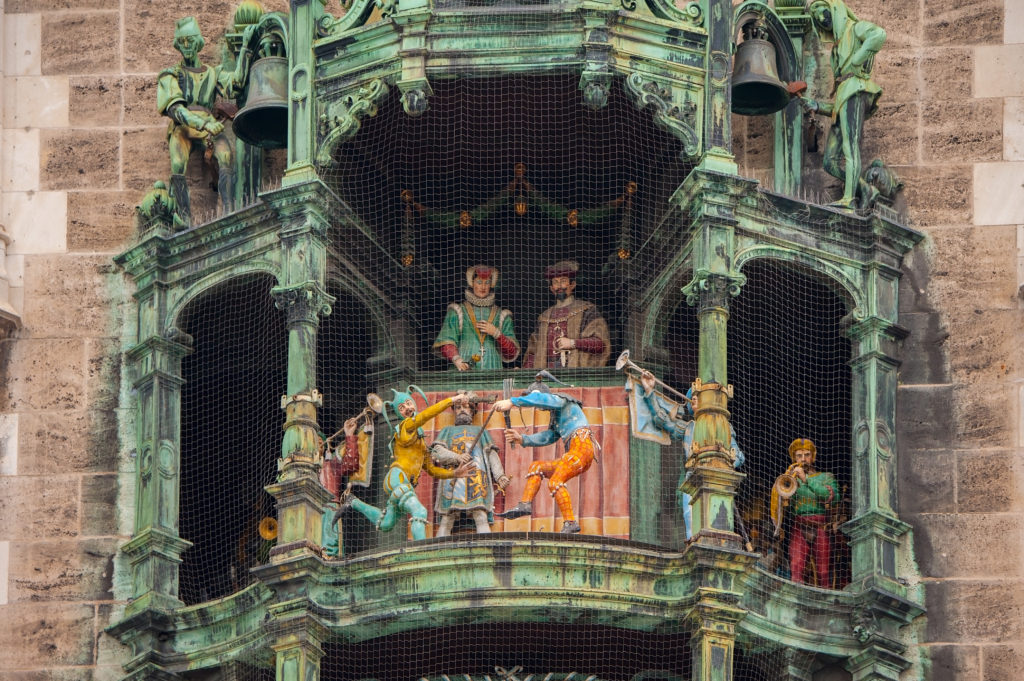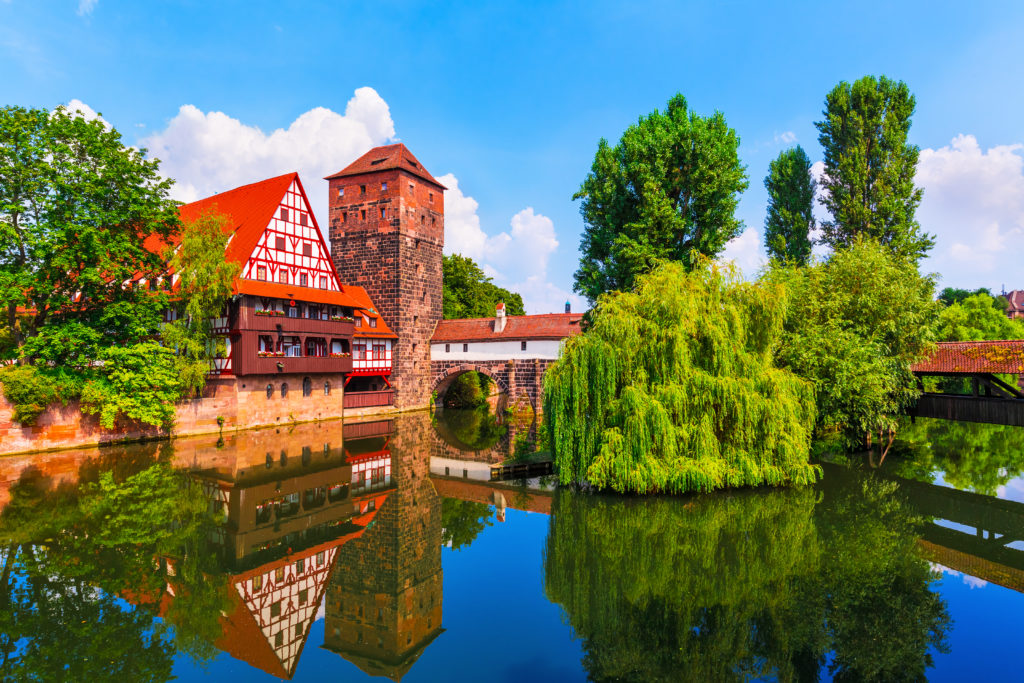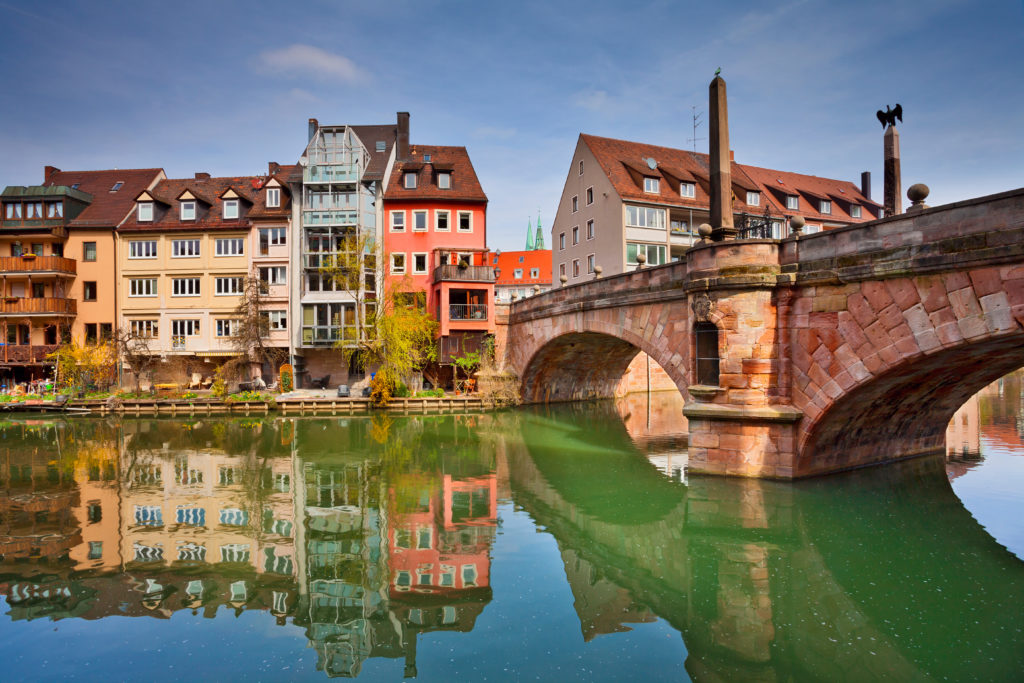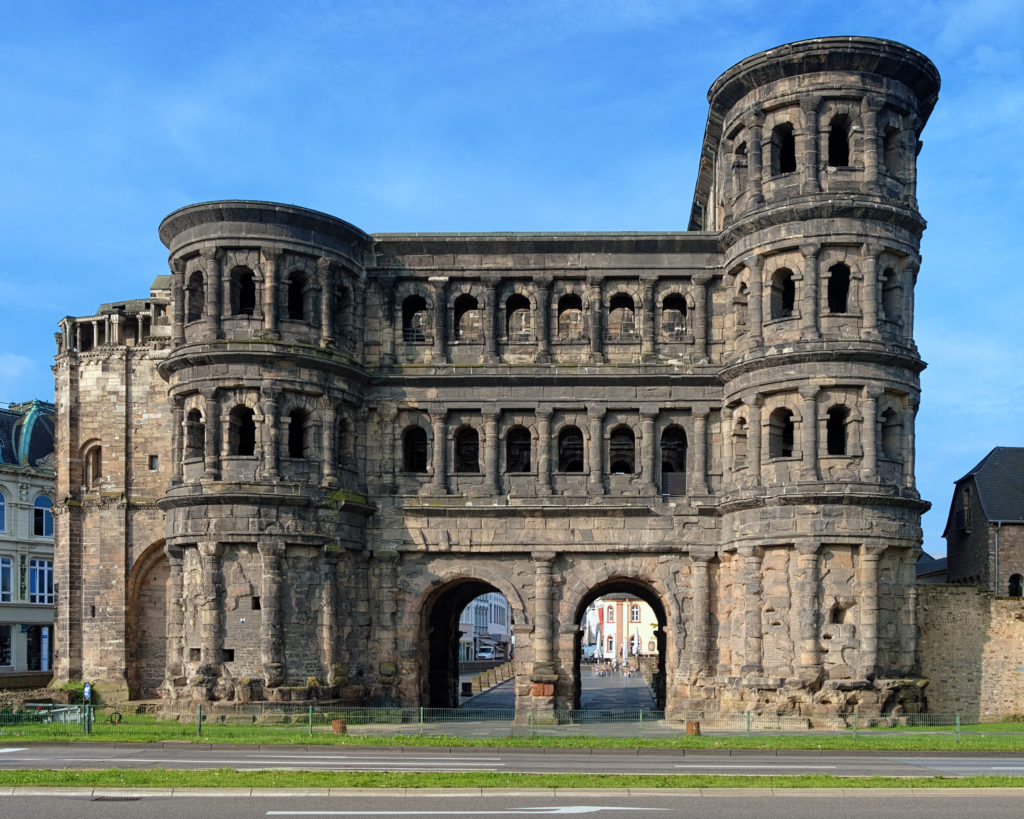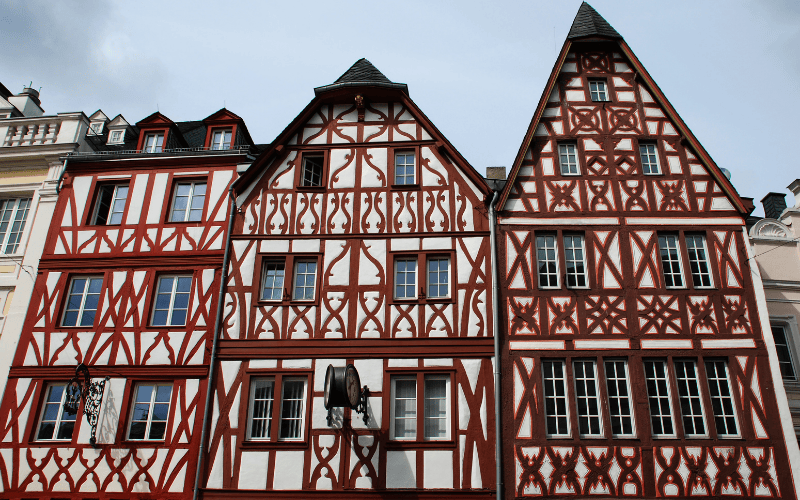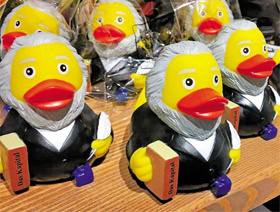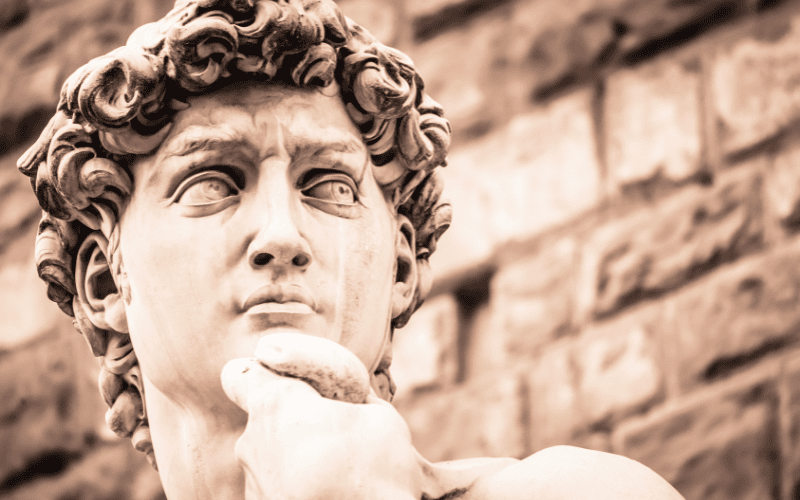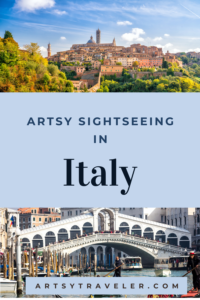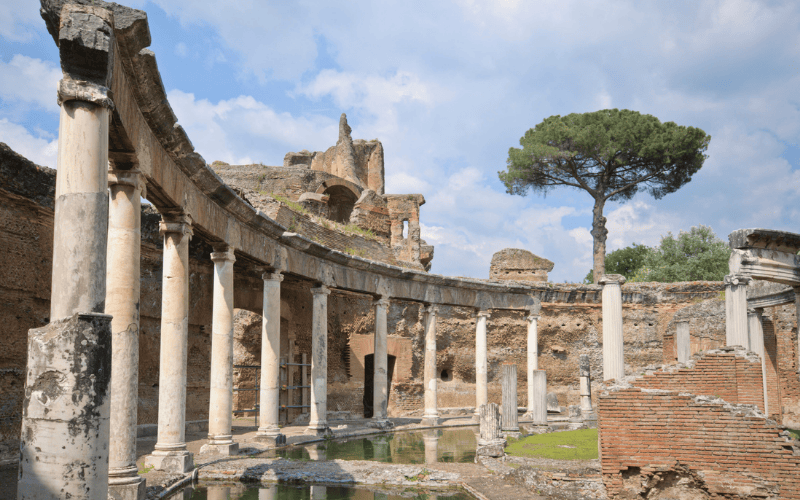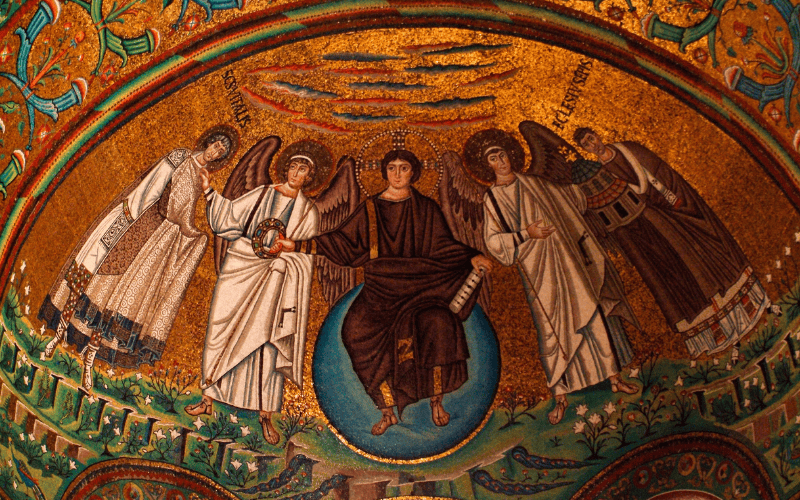Six Highlights of a Kauai Vacation
My Kauai vacation highlights will get you going on exploring one of the most beautiful islands on Earth! Called the Garden Isle–and you’ll soon see why–Kauai is the perfect vacation destination if you’re looking for activity options in addition to great places to hang out and soak up the sunshine.
I visited Kauai for a ten-day solo trip during which I combined sightseeing and relaxing with working on my current novel. For tips on traveling solo on Kauai, checking out my post Ten Tips for Traveling Solo on Kauai. For an overview of traveling to and staying on Kauai, see What to See and Do on Kauai.
#1: Take a Helicopter Ride
Over three-quarters of Kauai is inaccessible by road, so if you want to see the island in its stunning entirety, shell out the big bucks for a helicopter ride. And I’m not going to lie—it’s expensive.
Andrew Doughty, author of the must-have Kauai Revealed Guidebook, includes a comprehensive evaluation of the various helicopter tour companies on Kauai and recommends Blue Hawaiian as the best. I can’t say whether that’s true, but I can say that I had an excellent experience with Blue Hawaiian. I paid extra to sit up front and had the most superb view imaginable.

The Helicopter Ride Begins
The 50-minute ride took us up over the resorts south of Lihue and then inland. At take-off, the theme from Hawaii Five-O played over our headsets. Shortly after, at the request of the pilot, we introduced ourselves using a small microphone shared between two people. I found out that the other five passengers were a family from New York and Sweden.

The music switched to the theme from Jurassic Park as the pilot swooped over the falls made famous in the movie. A huge rainbow arced across the valley and falls—a remnant of the downpours from the day before.
In fact, I had been booked to fly the day after I arrived, but inclement weather had grounded the choppers. Fortunately, I was rebooked for the following day. Not everyone is so lucky, so a good piece of advice is to book your helicopter ride at the beginning of your trip. If it’s canceled because of weather, you’ll have time to rebook.
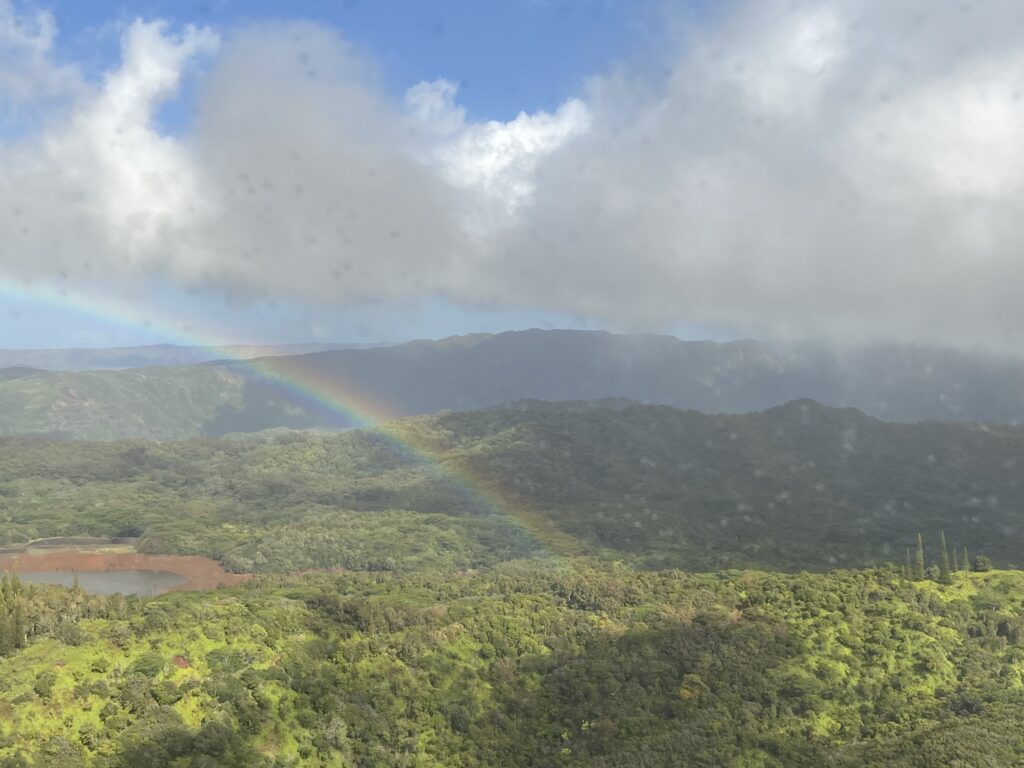
Waimea Canyon from the Air
Soon, the helicopter was soaring into the Waimea Canyon, nicknamed the Grand Canyon of the Pacific. I had already planned to drive up to the canyon, but it was wonderful to get a different perspective on the its multi-colored layers. They really did remind me of the other Grand Canyon.
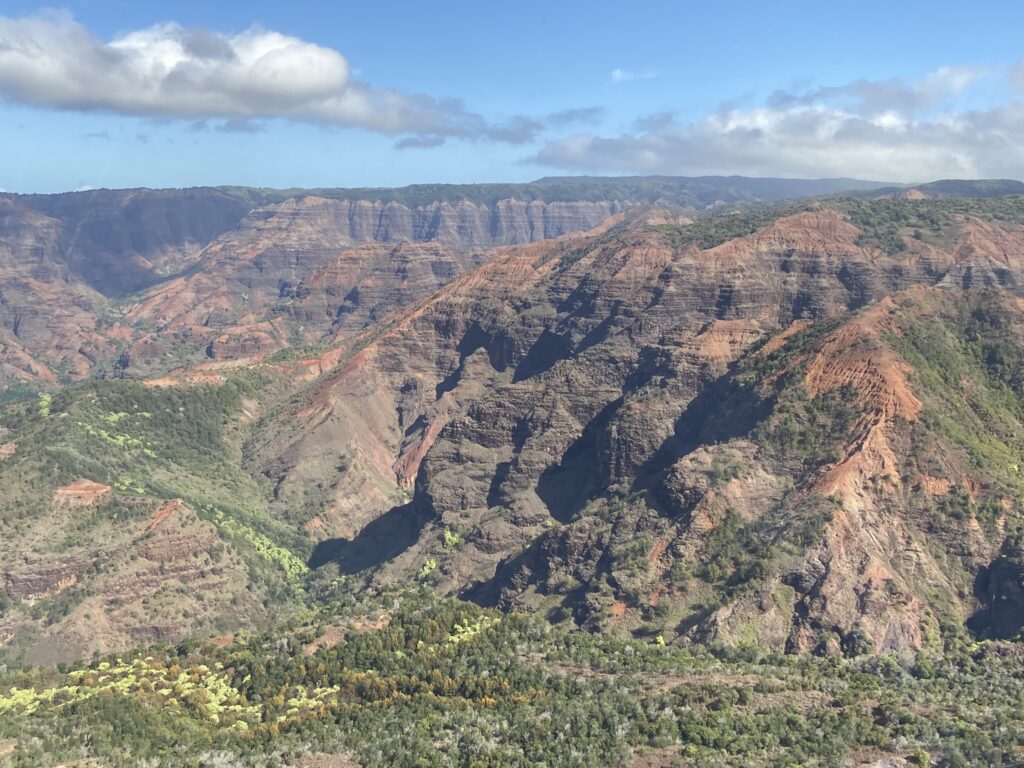
In between stretches of appropriately-themed music, the pilot provided an informative commentary. He pointed out interesting locations, shared facts and stories about Kauai and its history, and kept us thoroughly entertained. The occasional bouts of turbulence added to the excitement, although the woman next to me started to look a bit green toward the end of the trip.
Flying up the Nāpali Coast
The helicopter flew lazily up the famed Nāpali Coast. For a good thirty minutes, we turned and hovered, then swept into and out of deep-cut valleys and over the blue blue ocean. The only way to see the entire Nāpali coast is from the air.

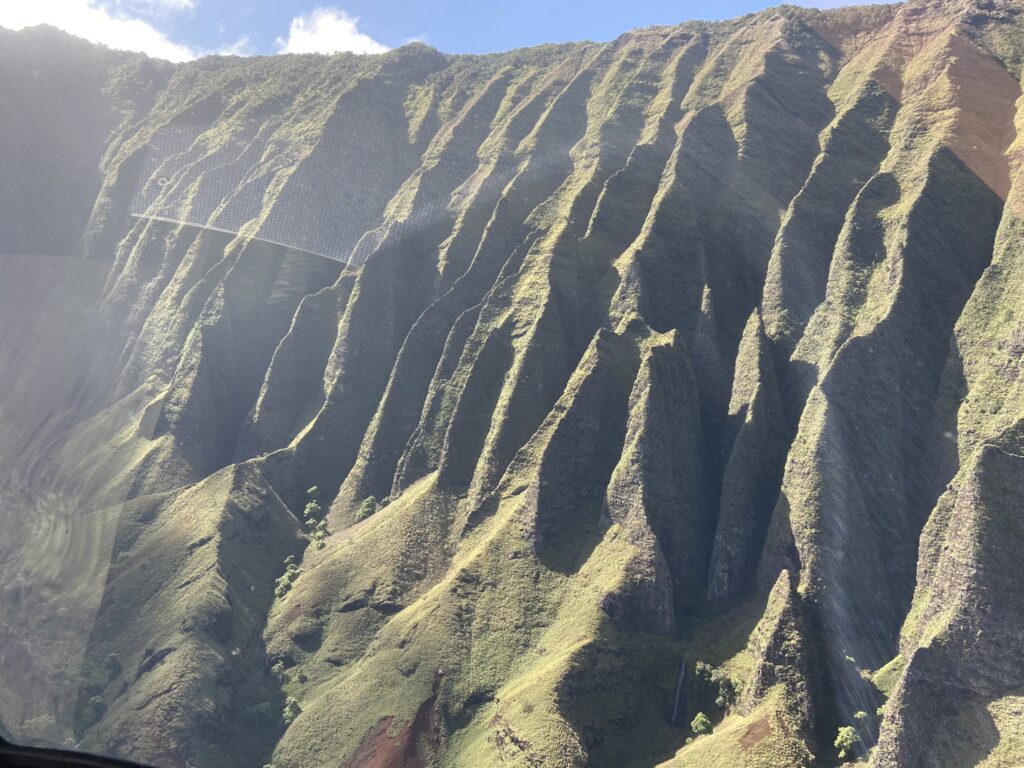
An alternative for close-up views is to hike the famed Kalalau Trail. In some places, the trail is only about 18 inches wide with sheer drops into the ocean. Rated a 10 out of 10 on the scale of the world’s most difficult hikes, the two-day in-and-out trek along the Kalalau Trail isn’t for the faint of heart.
It certainly isn’t for this heart!
Every minute of the helicopter trip revealed a new and alluring vista. Cloaked in lush green vegetation, the impossibly slender spires and knife-edge folds of the cliffs tumbled below us like pleated napkins at a cosmic wedding. I’ve never seen a landscape like it, except in movies like South Pacific and Pirates of the Caribbean, parts of which were shot here.

All too soon, the music faded, and the rotors ceased.That was the fastest fifty minutes I’ve ever experienced!
Gently, John the pilot set the helicopter down on terra firma, and with shaking legs I clambered out.


Once back in the terminal, the pictures taken of the passengers before embarking were available along with a video of the entire journey. Although I’d snapped pictures almost non-stop throughout the trip, I knew they couldn’t compare with video shot from cameras mounted under the helicopter and accompanied by all the music and commentary.
So, of course, I plunked down the $60 to buy a memory stick containing the video. First, however, I confirmed that I could share it with readers on my website!
Video of My Blue Hawaiian Helicopter Ride
Here is the video of my entire Blue Hawaiian helicopter trip, divided into three parts:
- Part 1: Blue Hawaiian Helicopter Ride: Take-off, Jurassic Park falls, and Waimea Canyon
- Part 2: Blue Hawaiian Helicopter Ride: Waimea Canyon & Napali Coast
- Part 3: Blue Hawaiian Helicopter Ride: Napali Coast and North Shore of Kauai
Book a helicopter ride before you arrive on Kauai so that you can be sure of getting a flight. It will be the highlight of your trip.
And don’t worry about the weather. Blue Hawaiian checks the weather constantly before authorizing a flight. If the weather is inclement and you can’t be rebooked on a flight that works for your schedule, you’ll receive a full refund.
So, what have you got to lose? Book it!
#2: Take a Boat Ride
On Kauai, you can take boat trips along the Nāpali coast from Port Allen or Eleele on the South Shore or from Anini Beach on the North Shore. Most boat trips depart from the South Shore because the waters tend to be calmer year-round. However, much of the ride is spent looking at a rather uninteresting coastline. The tours of the North Shore reach the Nāpali coast very quickly, which is a huge bonus.
I chose Nāpali Sea Breeze Tours because their morning tour included snorkeling. Also, it was highly recommended by Andrew Doughty in his Kauai Revealed Guidebook.
Setting Off on the Boat Ride
We set off from Anini Beach (a great place for swimming and snorkeling) and cruised up the coast. Within minutes of leaving the beach, we approached the cliffs I’d seen a few days earlier from the air. The boat held 16 passengers and so was small enough to get very close to the many sea caves.
I was glad I’d chosen a small boat tour rather than the large 50-person catamaran tours that depart from the South Shore. They may be a bit more luxurious, but the Nāpali Sea Breeze Tour felt homier and more personalized.


The captain and two crew members went out of their way to make the trip enjoyable, pointing out a pod of humpback whales and sharing stories about their lives on Kauai. The captain took the small boat very close to the sea caves gouged out of the cliffs all the way up the coast.
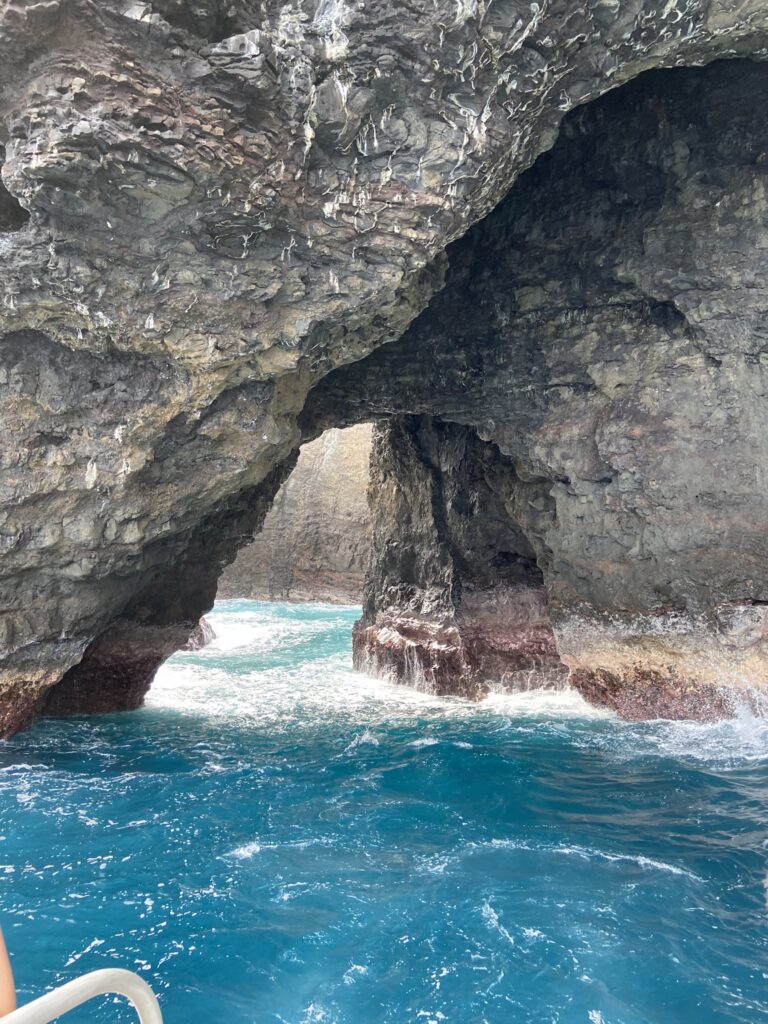
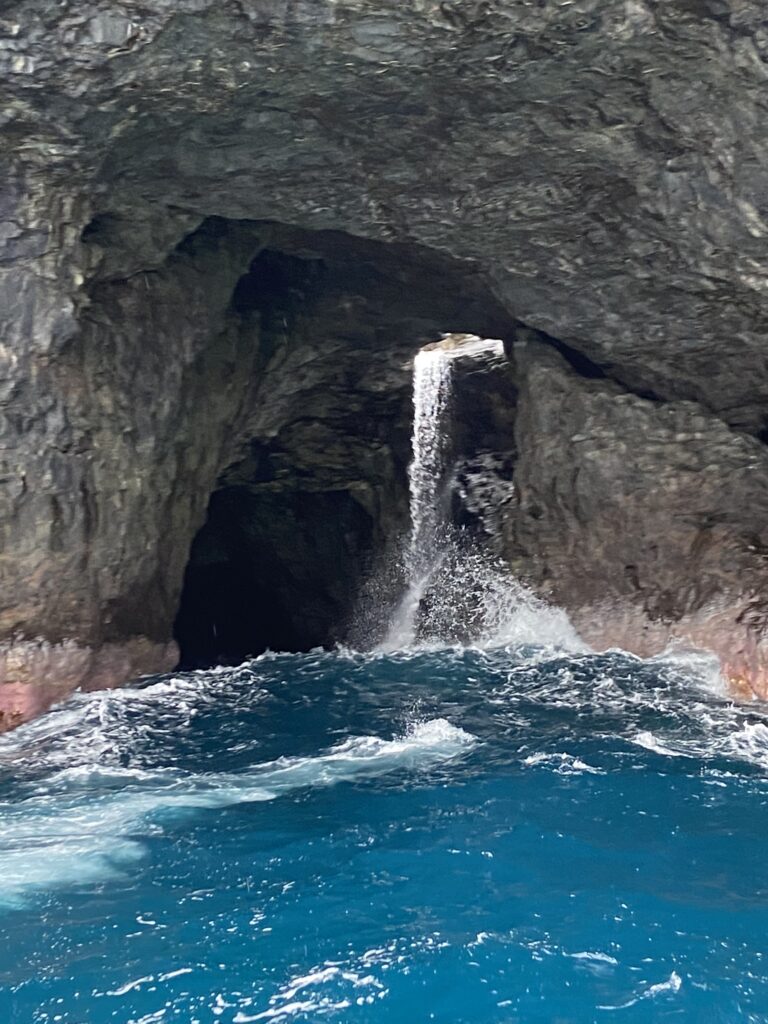
Snorkeling on the Napali Sea Breeze Tour
After cruising the coastline for about three hours, we stopped at Tunnels Beach for snorkeling. The reef there is so large it can be seen from space. Luckily, after several pretty windy days, the water within the reef was calm and clear. Fish glinted and glimmered below me along with several lazily swimming turtles.
Few things are more restful than floating above a tropical reef and watching the sea life swim by.

Unfortunately, my boat trip didn’t end as well as it started for me. This is no reflection on the quality of the tour. I swallowed a bit too much sea water while snorkeling and was not feeling my best. As I climbed back on to the boat, the crew was setting out sandwiches and drinks and everyone was happily drying off and chowing down. I retreated to a seat at the back and looked resolutely out at the horizon in the hope that would settle my stomach.
On the way back, the ride got very bumpy with a whole lot of spray and roiling swells. The friendly couple next to me wanted to chat until finally I had to tell them I was feeling seasick and needed to stay very, very still. They were sympathetic!
But note to self (and to you!), take something for motion sickness before your boat trip, just in case.
Find Nāpali Sea Breeze Tours online. The 3-to-4-hour morning tour starts with a 7 AM shuttle bus ride to the boat at Anini Beach.
#3: Take a Garden Tour (or Two)
Kauai is home to several tropical gardens open to the public. I visited three of them—the Allerton Gardens and McBryde Gardens on the South Shore, and the Limahuli Gardens on the North Shore.
Allerton and McBryde Garden Tour
Located on the South Shore very close to the famous Spouting Horn blow hole, the Allerton and McBryde Gardens are part of the National Tropical Botanical Garden system that includes five gardens—Allerton and McBryde Gardens in the south and Limahuli Garden in the north, Kahanu Garden on Maui, and The Kampong in Coconut Grove, Florida.
I highly recommend the tour. You’ll learn a lot and see some amazing plants, and get to chat with fellow travelers and the guide during the many stops.

The sixteen-seat minibus took seven of us through some of the most exquisite tropical gardens I’ve ever seen. I am a sucker for a well-designed garden, and the huge variety of plants on display did not disappoint.

Allerton Garden is named one of the ’50 Places of a Lifetime’ by National Geographic Traveler, while the McBryde Garden is an active conservation and research garden with Hawaiian cultural significance. It includes the world’s largest assemblage of native Hawaiian plants. Most of these plants grow only in Hawaii and many are threatened, endangered, or even extinct in the wild.
Together, the two gardens offered a comprehensive look at a fantastic array of trees, flowers, and fruits.


What to See on the Best of Both Worlds Tour
Every so often, the driver stopped the bus and took us on a walking tour to view the plants up close. We saw familiar fruits such as pineapples, papayas and mangoes as well as new-to-me fruits such as breadfruit and a species of wild cherry that tasted wonderful. We also saw many species of orchid along with some truly remarkable trees and several birds.
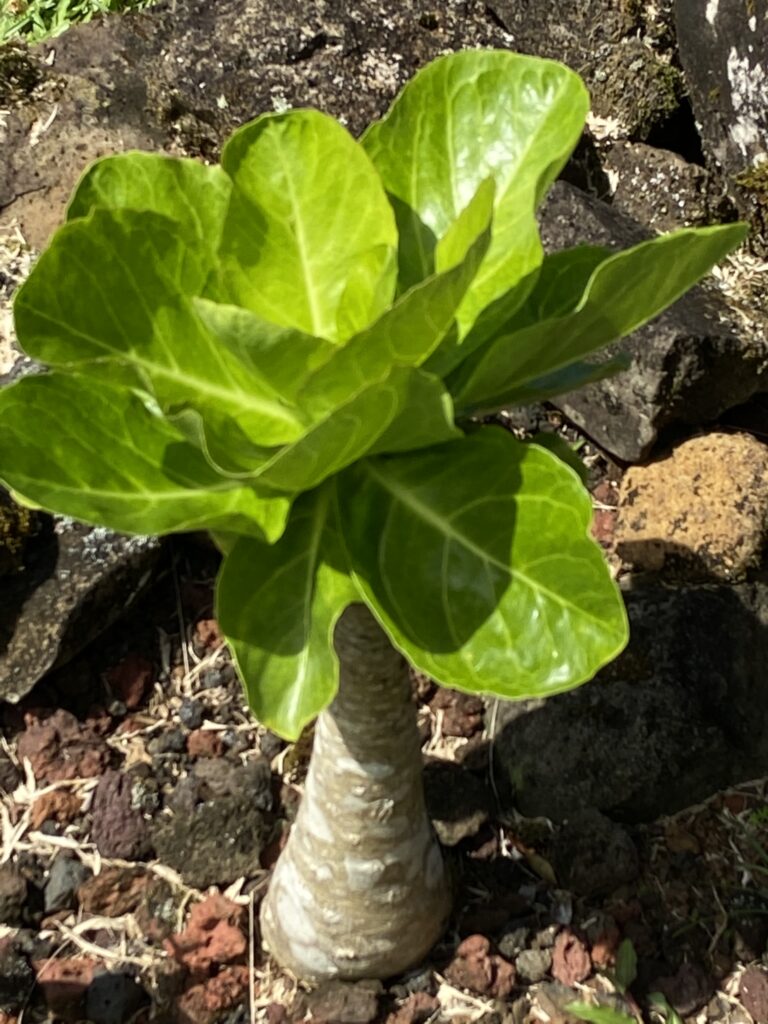


A highlight was a stop at the “Jurassic Park Trees” where several scenes from the movie were filmed. The guide happened to have her own T Rex along with her for the ride.


The gardens also include several beautiful classically-inspired pools and sculptures in various “rooms”. Here are two of the pools I particularly liked. Notice how they are thoughtfully designed to reflect the surrounding trees and vegetation.
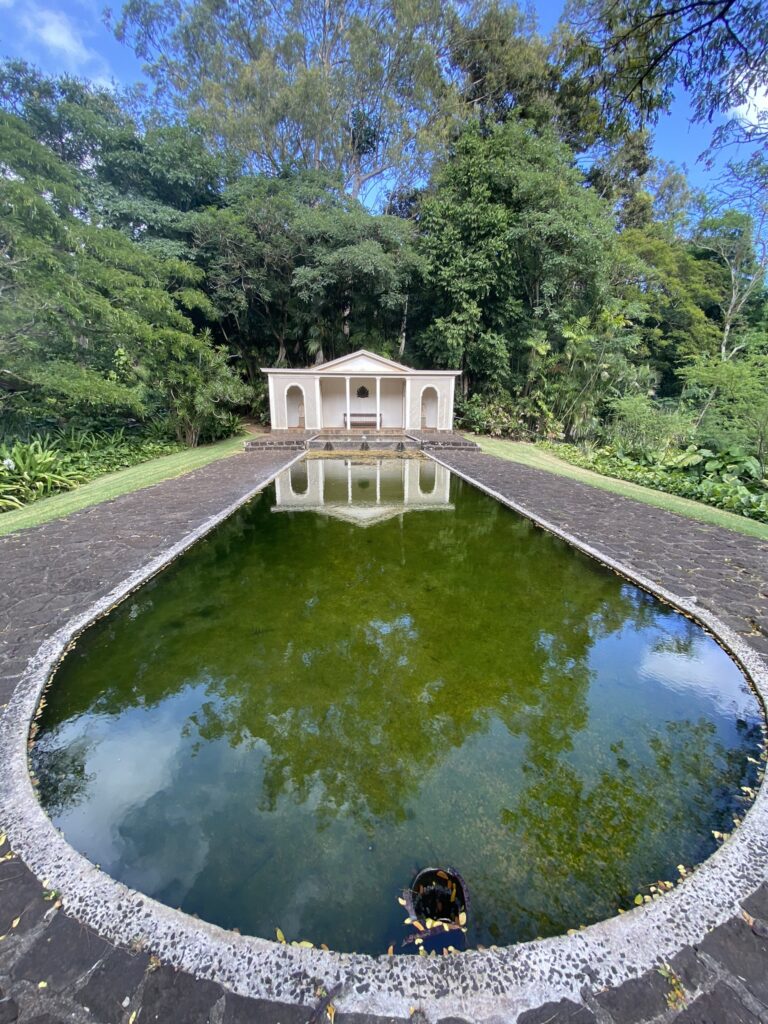
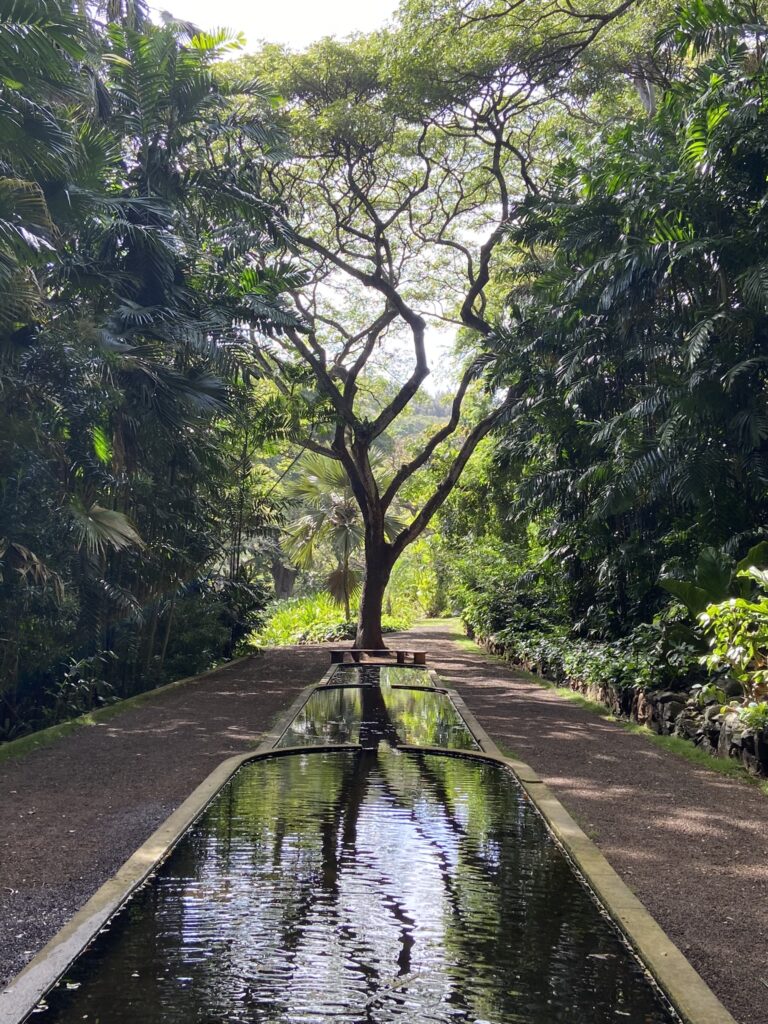
One note of warning if you are planning to take a guided tour—take mosquito repellent and a tube of After Bite. I did not follow this advice and paid dearly with a few pounds of my tasty flesh offered up to the mosquitoes. Voracious little blighters! I wondered why the guide was sensibly dressed in long pants and running shoes.
Limahuli Garden and Preserve
I visited the Limahuli Garden and Preserve when I was staying on the North Shore. Located not far before the road along the North Shore ends at Haena State Park, this marvelous site is a lovely, cool respite from crowded beaches and busy towns.
Its setting at the base of the “Bali Hai” mountain (yes, the same mountain that stood in for Bali Hai in South Pacific) makes it feel very remote and Hawaiian.

I opted for the self-guided tour which I’d booked in advance. With most if not all of the gardens on Kauai requiring advance reservations, make sure to book before you leave home.
Armed with a bottle of water and the booklet provided with my ticket, I set off from the tiny visitors’ center to explore. Many of the plants grown in the gardens are ones that are endangered or almost extinct. The mandate of the garden is to conserve, preserve and where possible propagate them.
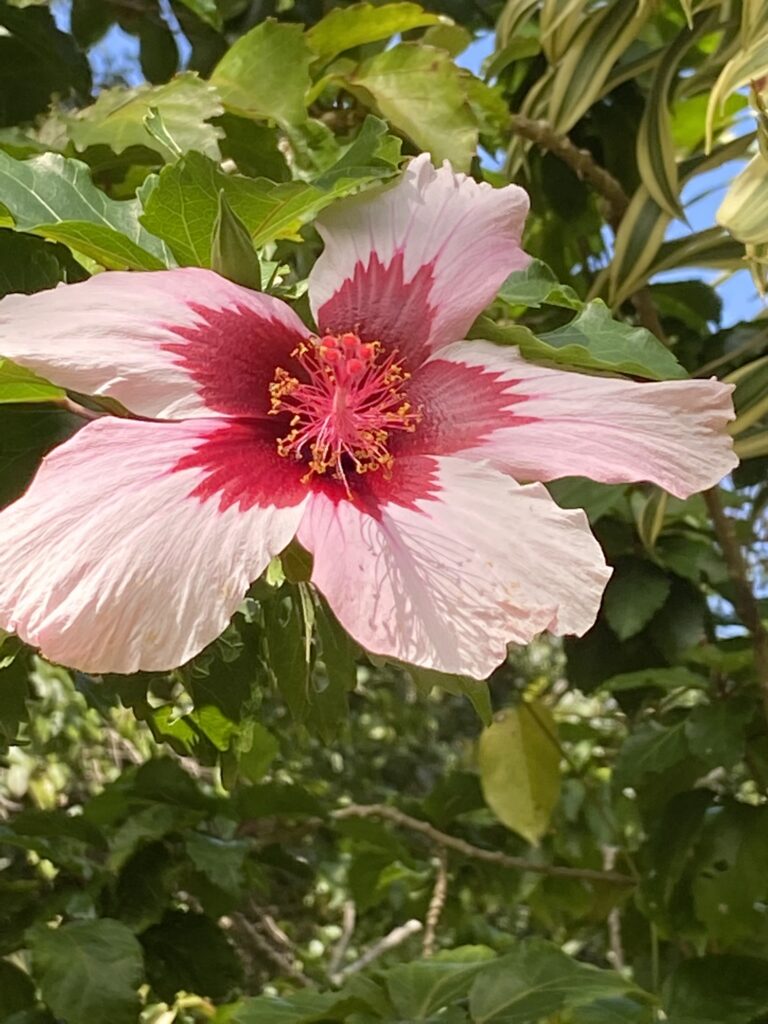

I learned that the vast majority of the flowers, shrubs and trees that make Kauai so beautiful are actually invasive species that are choking out native Hawaiian species to the detriment of the ecosystem.
The area was home to ancient Hawaiians who planted “canoe gardens” containing plants brought in the large canoes that sailed from Polynesia over 1000 years ago.
Here’s a 360-degree view of Limahuli Gardens from a viewpoint overlooking the ocean in one direction and the “Bali Hai” mountains in the other direction.
I had the gardens almost to myself. It was lovely and peaceful and the views spectacular. I took my time and made use of the many shaded benches on the self-guided route to stop and read about the plants I was passing and admire the extensive conservation work being done.
Other Gardens on Kauai
So many gardens are worth visiting on Kauai! I wish I’d had time to visit them all. Here are some other notable gardens on Kauai.
Princeville Botanical Gardens
Located on the North Shore near Princeville, tours of these gardens include fruit and chocolate tastings (sounds good!). The gardens cultivate a diverse collection of native and “canoe” plants, medicinals, and rare and endangered flowers. Advance reservations for guided tours are required. Self-guided tours are not available.
Na’Aina Botanical Gardens & Sculpture Park
Also located on the North Shore, the Na’Aina Botanical Gardens and Sculpture Park is run by a not-for-profit organization dedicated to conservation and preservation. A variety of guided tours to the formal gardens, wild forest gardens and Kaluakai Beach are provided, along with a self-guided tour of the formal gardens. Reservations are required for all tours which run weekly on a limited schedule.
Smith’s Tropical Paradise
This lush 30-acre garden park on the East Shore is located within the Wailua Marina State Park and features over a mile of meandering pathways through tropical splendor that includes wandering peacocks and other birds. There are tropical orchards with over twenty types of fruit, bamboo and fruit forests, a Japanese-themed garden island, and replicas of Polynesian and Filipino huts.
#4: Drive to Waimea Canyon and Beyond
Set aside three to four hours to drive from the South Shore to Waimea Canyon (the Grand Canyon of the Pacific) then continue on to the lookouts over the Nāpali coast.
Two roads lead up to Waimea Canyon—the Waimea Canyon Road (Highway 550) that starts from Waimea Town and Kōkeʻe Road (Highway 552) that starts from Kekaha a few miles to the west. The two roads merge within Kōkeʻe State Park which leads to Waimea State Park.
Waimea Canyon
I drove up Highway 552 and had the wide, sweeping road all to myself. In fact, I was a bit worried I was on the wrong road because I knew that Waimea Canyon was a major tourist attraction. Fortunately, my GPS did not let me down and after a dizzying ascent, I pulled into the parking lot with the first and most panoramic view over the canyon.
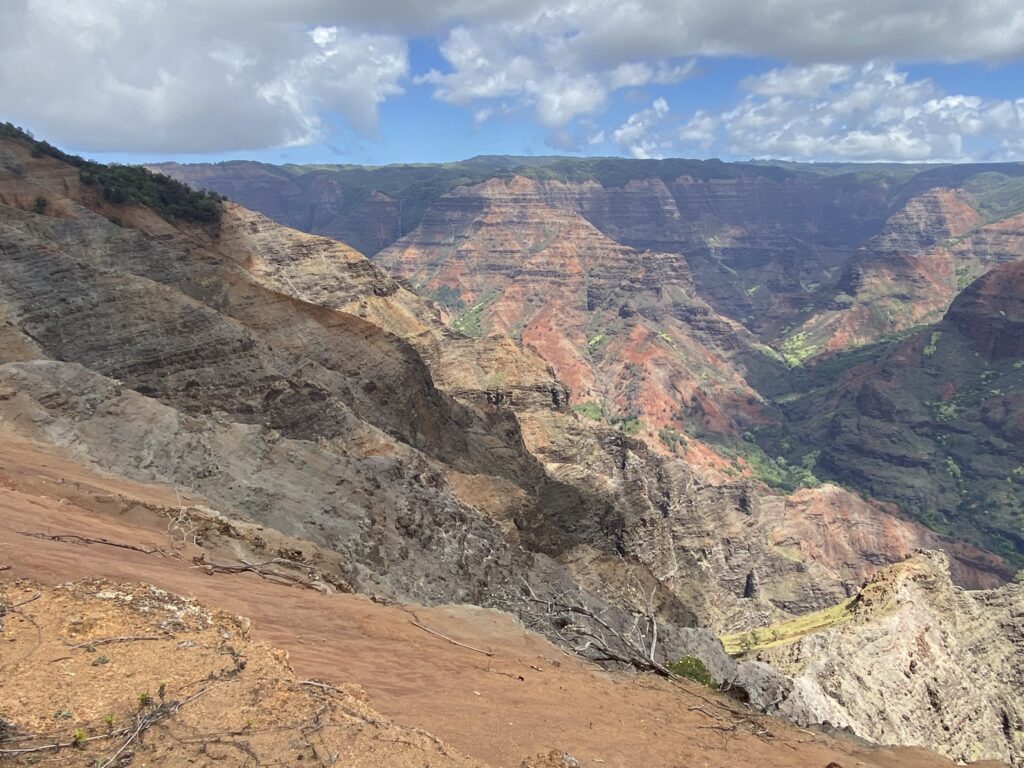
I paid $15 for all-day access to all the parking lots in the park which include views over both the Waimea Canyon and the Napali Coast, then set off up the pathway to the railings to get my first glimpse of Waimea Canyon.


Oh yeah! I’d seen it already from the helicopter, but the view from the rim was different and somehow more expansive. Here’s a short video I shot of the canyon.
Back in the car and on to the Puʻu Hinahina Lookout at mile marker 13.5. From this lookout, the Waimea River winding through the canyon is visible. While not as expansive as the view from the first lookout, this view provides another, interesting perspective on the canyon.
After driving several more miles, I passed Kōkeʻe Lodge Cabins and Campground where, according to my trusty Kauai Revealed driving app, the only restaurant in the park was located. I vowed to return for lunch and pressed on.
For more about the Kauai Revealed driving app, check out my post on Ten Tips for Traveling Solo on Kauai.
Kalalau Valley Lookouts
The Kauai Revealed app advised me to drive right past the second-to last lookout at mile marker 18 and go straight across a tire-popping stretch of potholed road to Puʻu o-Kila at mile marker 19. This is the end of the road and the best place from which to view the Nāpali Coast and Kalalau Valley. By this point in my Kauai vacation, I’d seen the Nāpali coast from the sea and from the air. Seeing it from the road was just as awesome.

I was fortunate that the view of the very blue Pacific far below was clear. Often, it’s shrouded in mist and clouds. While I was admiring the view, the clouds started rolling in and by the time I left, the view was definitely compromised.
Here’s a video of the view taken just moments before the clouds started rolling in.
I drove back to the Kalalau Lookout at mile marker 18 and then, feeling a trifle overwhelmed by amazing views, settled down for a pulled pork sandwich at the Kōkeʻe Lodge. It was one of the better lunches I enjoyed on Kauai.
I took the Waimea Canyon Road (Highway 550) back down to the coast, enjoying stupendous views of the ocean below me as I swept down the mountain. I wish I could have snapped a few pictures, but that would not have been a good idea while driving!
#5: Make Friends with the Chickens
Chickens, chicks, and roosters are everywhere on Kauai. You notice them as soon as you check in to your hotel. They strut and waddle around the gardens clucking and crowing and scrounging for food. But don’t feed them—there’s a $500 fine.
I grew very fond of the chickens on Kauai, even when the roosters woke me up every morning with their raucous cock-a-doodle-doos. But at least they got me out of bed in time to see the sunrise so how could I object?


The roosters in particular are very colorful and seem to be well aware of how cool they look. I spent many happy minutes watching them strut past. Equally fun to watch were the chickens with their chicks. Often the chicks hitched a ride tucked in mom’s feathers.
Why all the feral chickens? The early Hawaiians brought chickens to the island when they arrived about 1000 years ago. Then, subsequent waves of settlers brought their own chickens. When Hurricane Iwa hit in 1982 and then Hurricane Iniki in 1992, the coops blew open and the domesticated chickens escaped and bred with the feral chickens.
Sounds plausible!
#6: Catch all the Sunrises & Sunsets
Make time every day to see both the sunrise and the sunset. Being in the tropics, night and day are pretty much the same duration so it’s a good idea to get up early so you can enjoy the maximum amount of daylight. I rose at 6 AM on the first morning to catch the sunrise around 6:20 and never looked back.
Every day from then on, I set my alarm for 6, jumped out of bed, pulled on a dress and padded out to view the sunrise to the accompaniment of the always early-rising roosters.
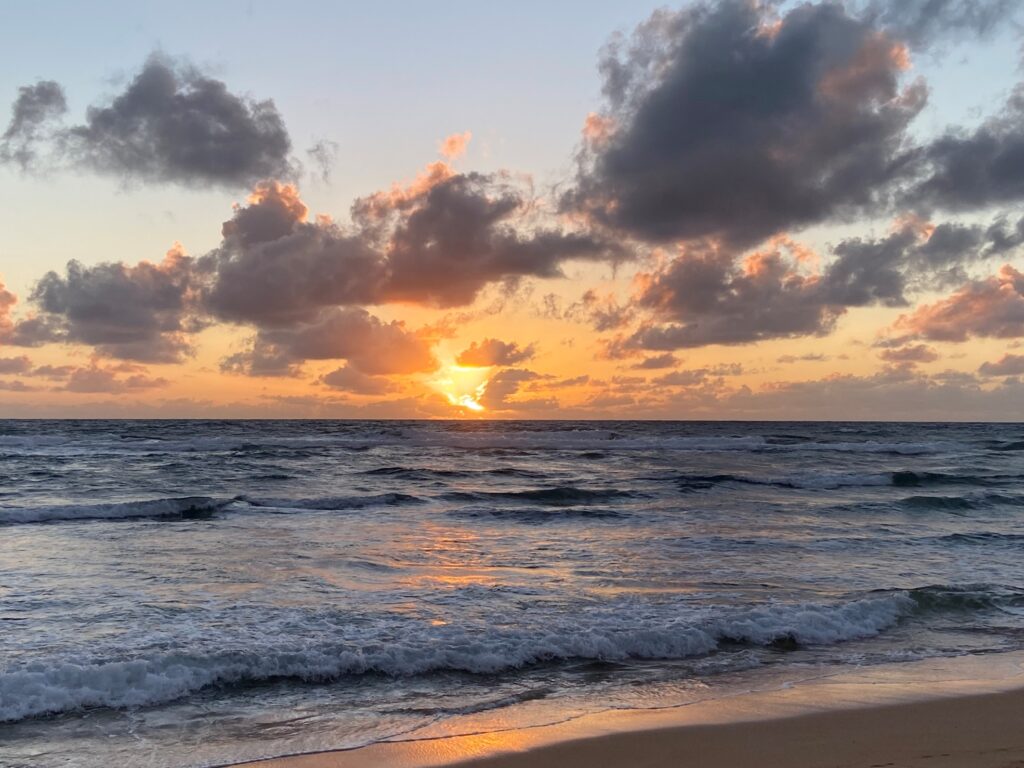

And here’s sunrise from the North Shore:
You can enjoy both the sunrise and the sunset from pretty much anywhere on the island.
At the end of most days, I caught some spectacular sunsets. Here are a few.


Every sunrise and sunset was different and every one magnificent.
Hiking on Kauai
One activity that is a definite highlight of a trip to Kauai that I don’t mention is hiking. Kauai is a marvelous place for hiking, with miles and miles of world-class trails leading to jaw-dropping views.
However, since I was traveling solo, I chose not to go hiking on my own.
But if you’re into hiking, check out the suggestions in Andrew Doughty’s Kauai Revealed Guidebook.
Where to Stay on Kauai
I stayed in three places during my 10-day trip on Kauai. I recommend all of them:
Kaui Beach Villas – near the airport. Large suites near the beach at a fairly reasonable price (for Kauai) great if you’re arriving on a late flight.
Sea Lodge – a condo development on the North Shore. Make sure you get a well-reviewed unit; not all units have great reviews. The unit I had was perfect.
Point at Poipu – a large resort right on the beach on the South Shore. The unit was huge and with a stunning view.
Tours & Tickets on Kauai
Conclusion
I could have used several more days on Kauai to explore other highlights such as the Wailua Falls, the three gardens I missed, Haena State Park, and even more beaches. I’d also like to visit the grounds of the Hindu Monastery and Himalayan Academy. Nestled on the banks of the Wailua River near the East Coast, the Hindu Monastery is set in gorgeous grounds that are open in the mornings but require reservations (which I failed to get in time).
One of the main things I loved about visiting Kauai was how easily I could divide my time between sightseeing, relaxing, and writing. Driving distances are relatively short so reaching any given site doesn’t take much time.
And there was always a beach to flop down on and watch the waves roll in.



